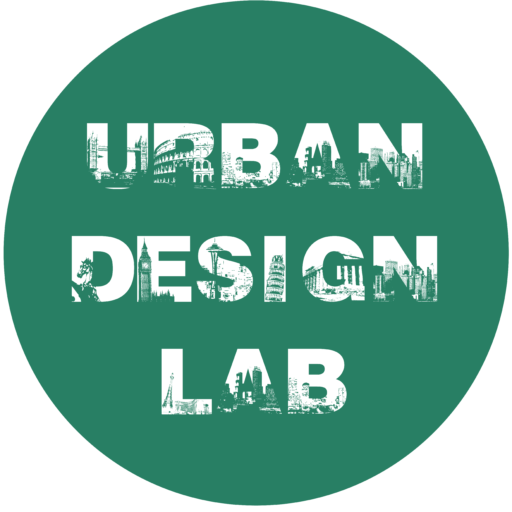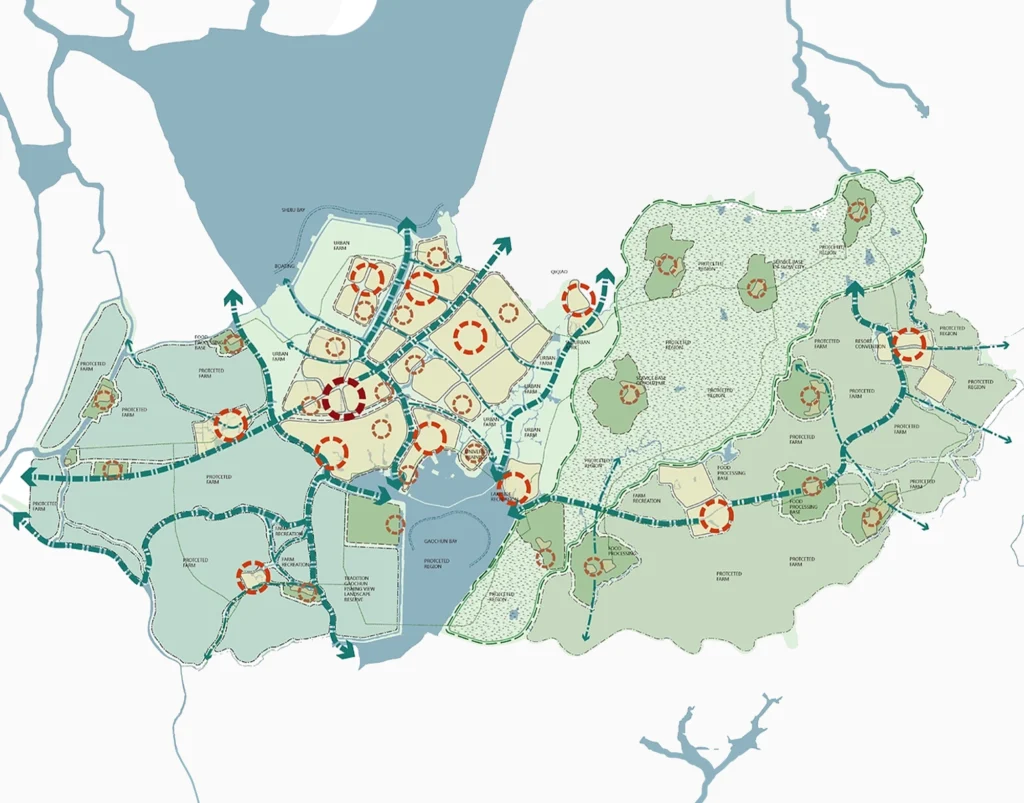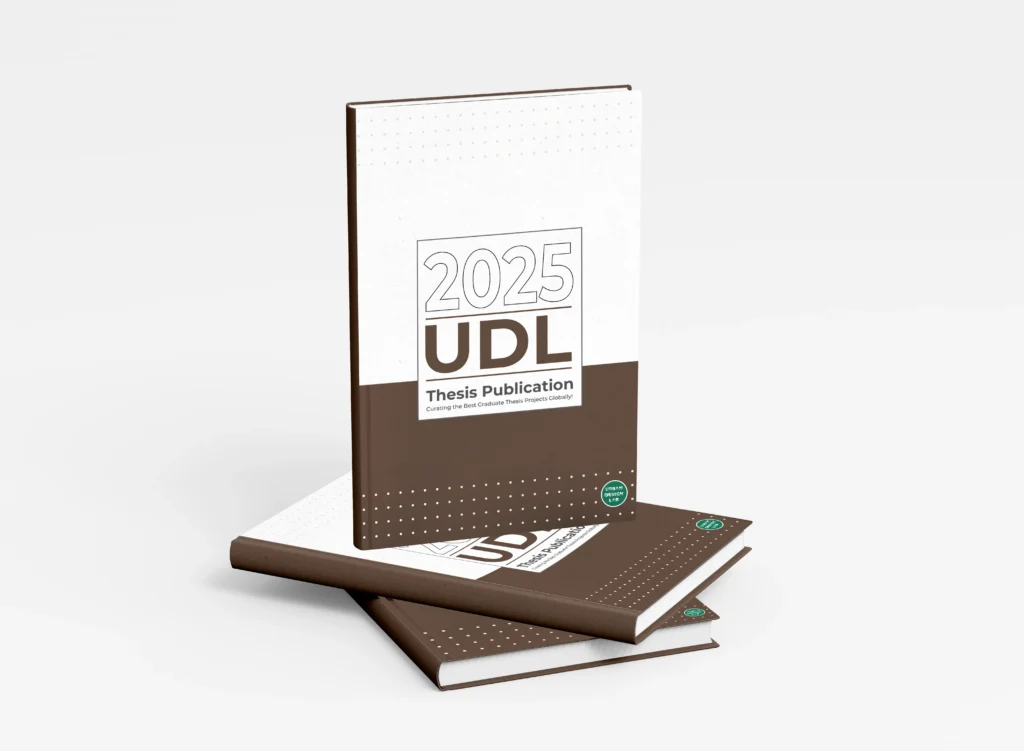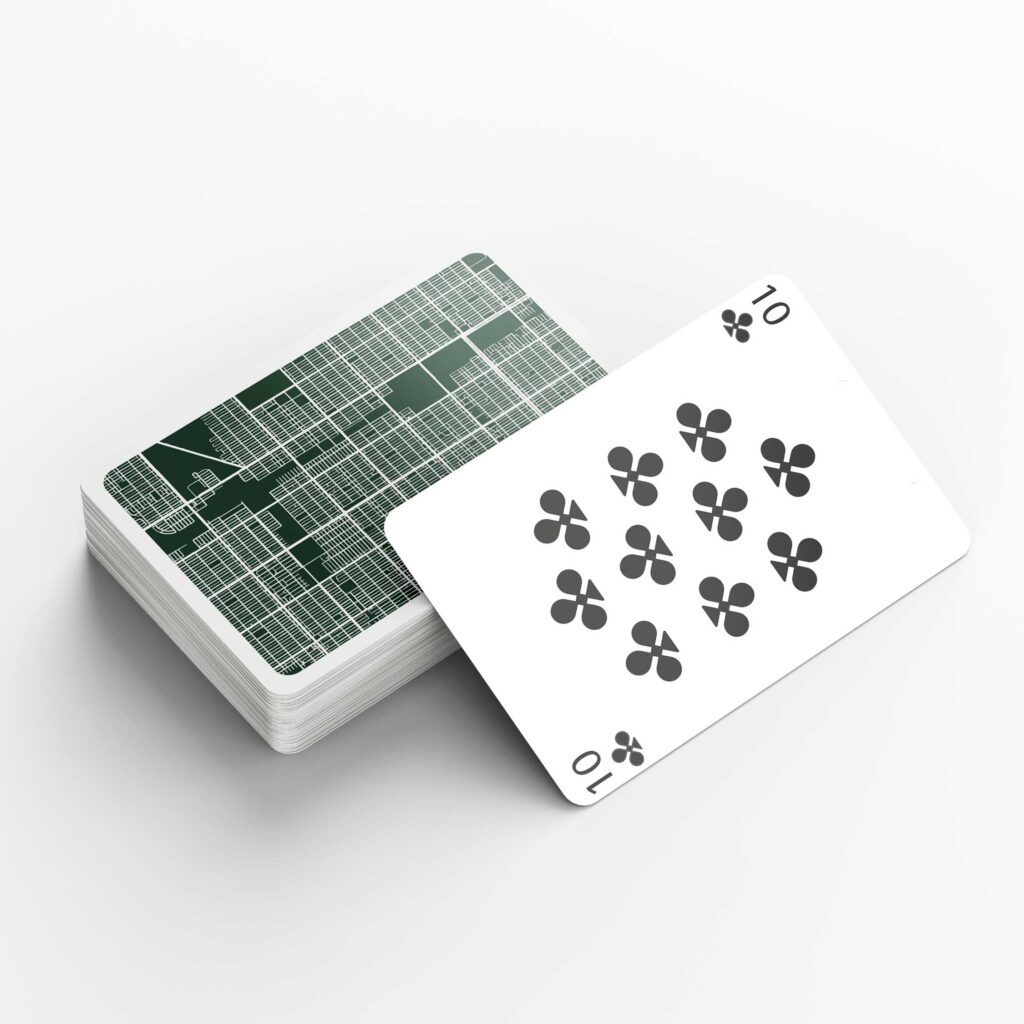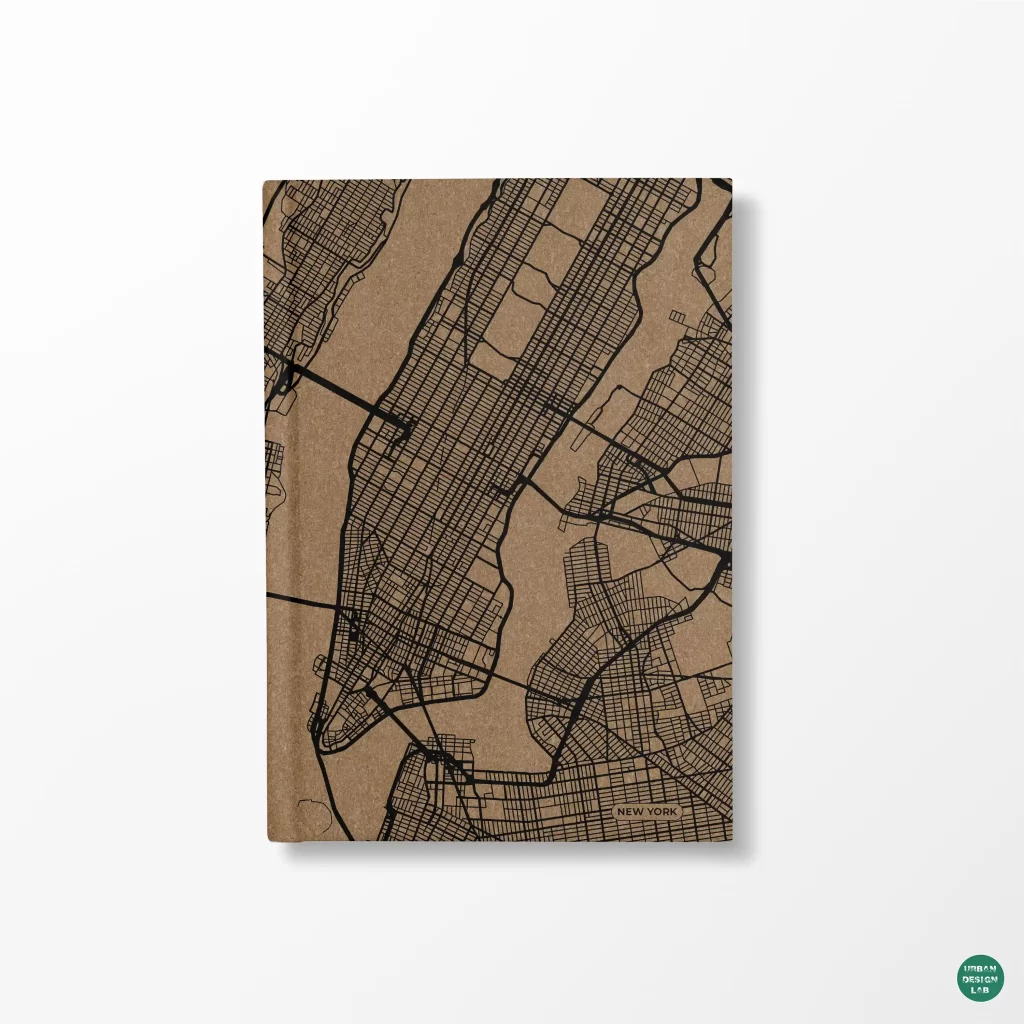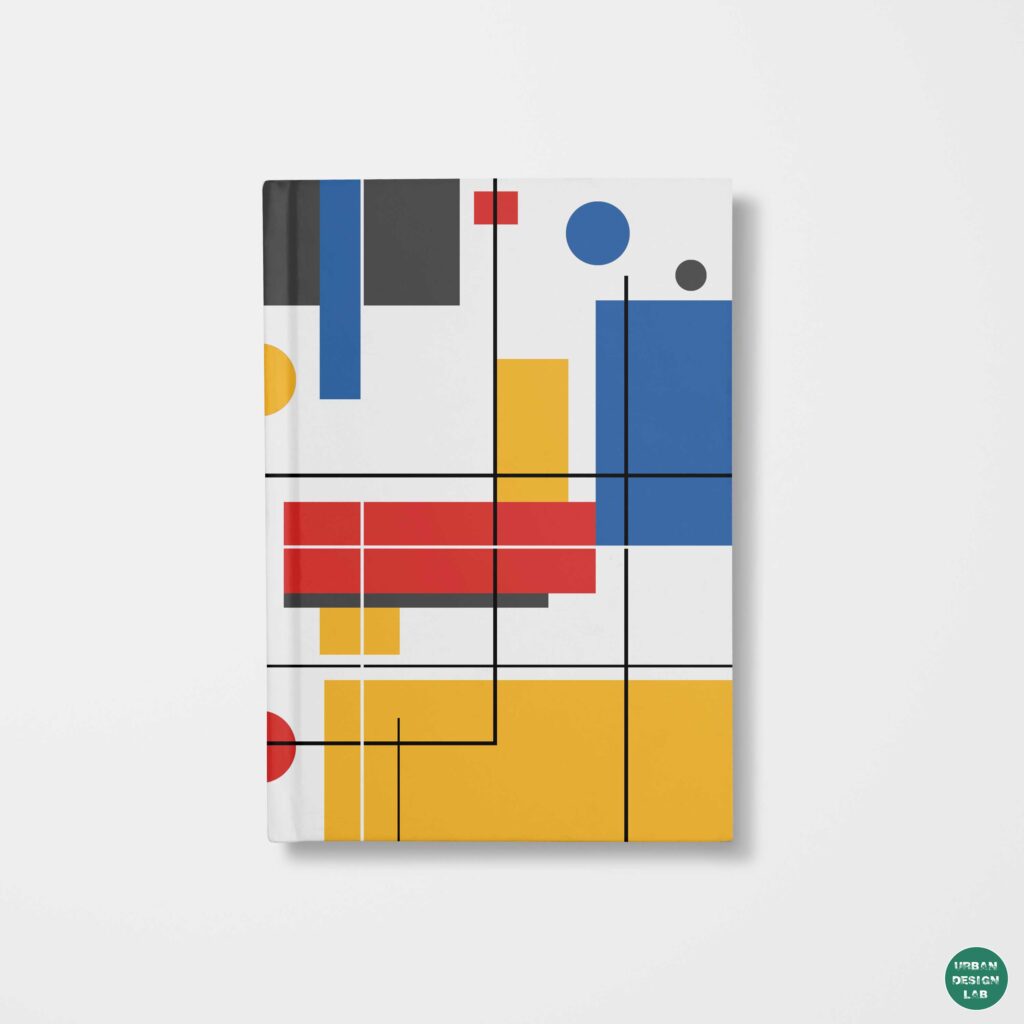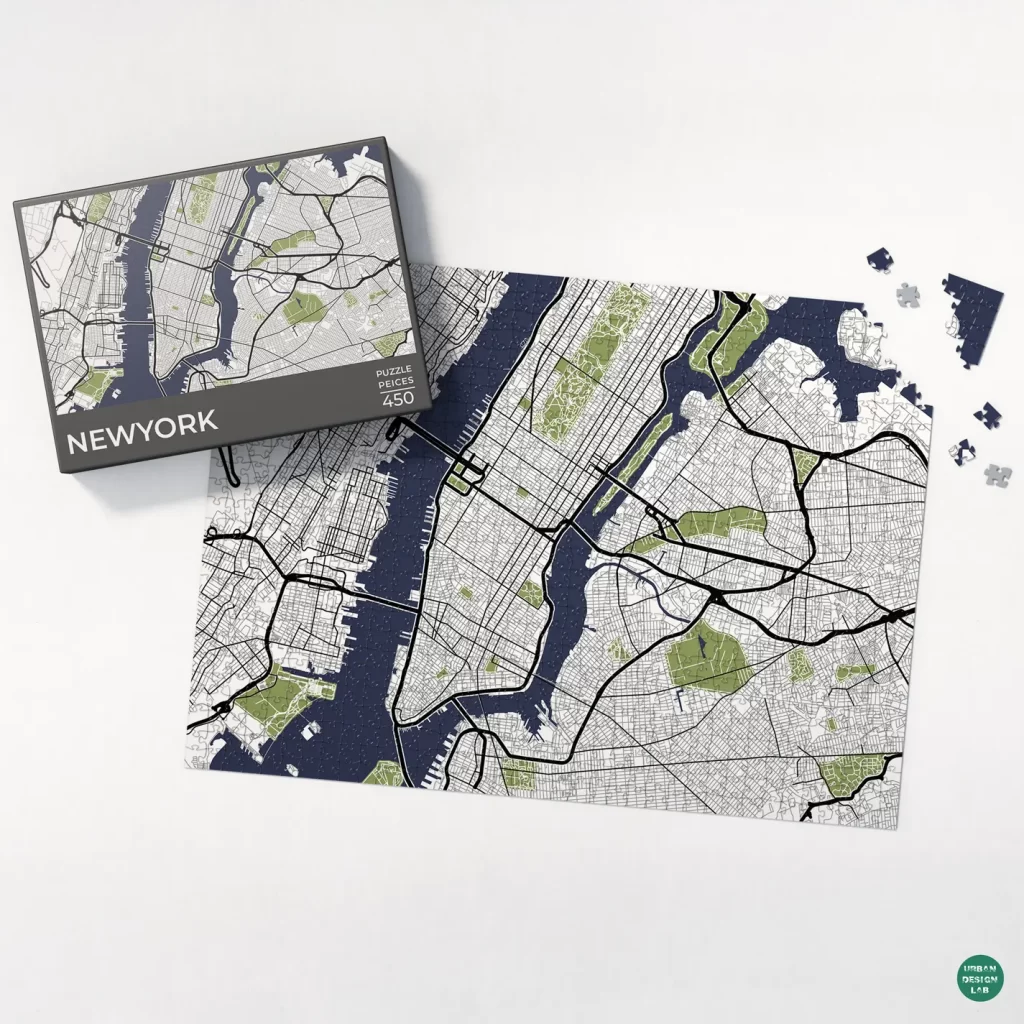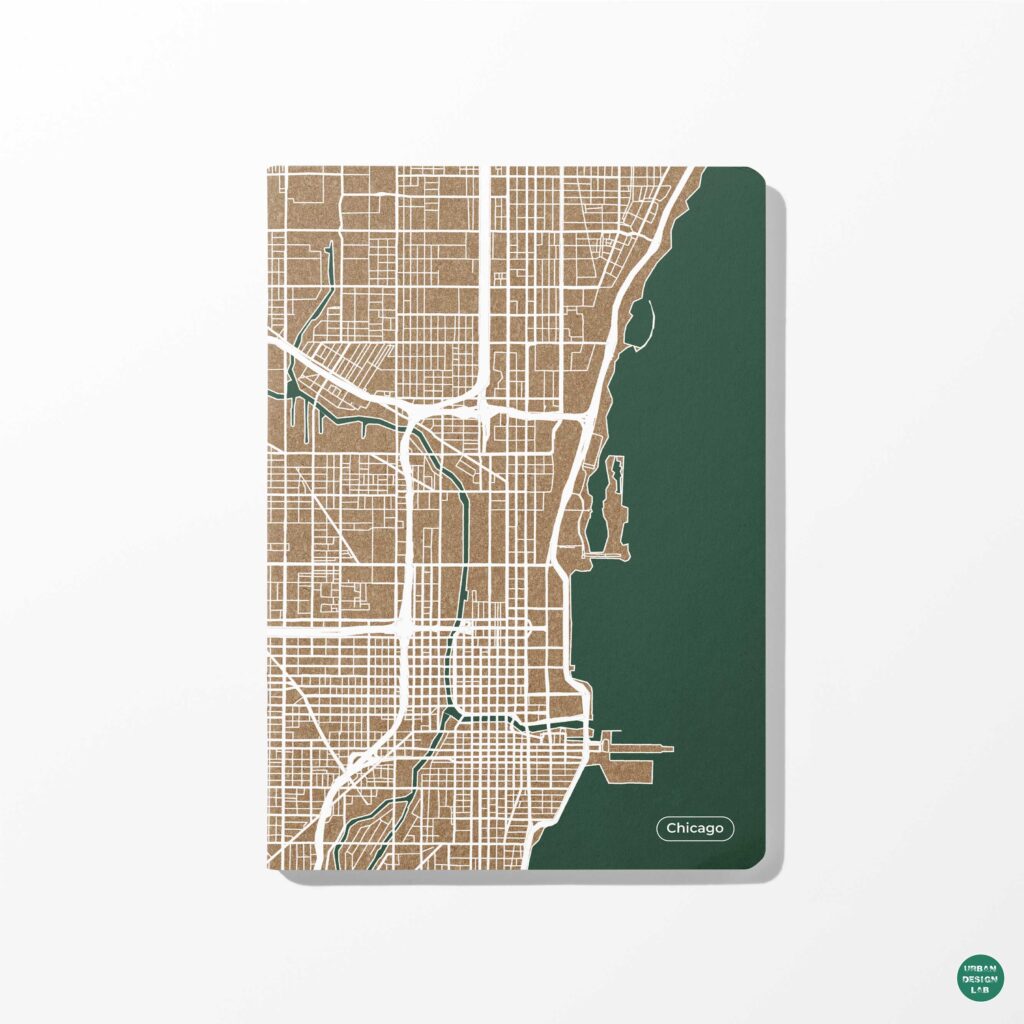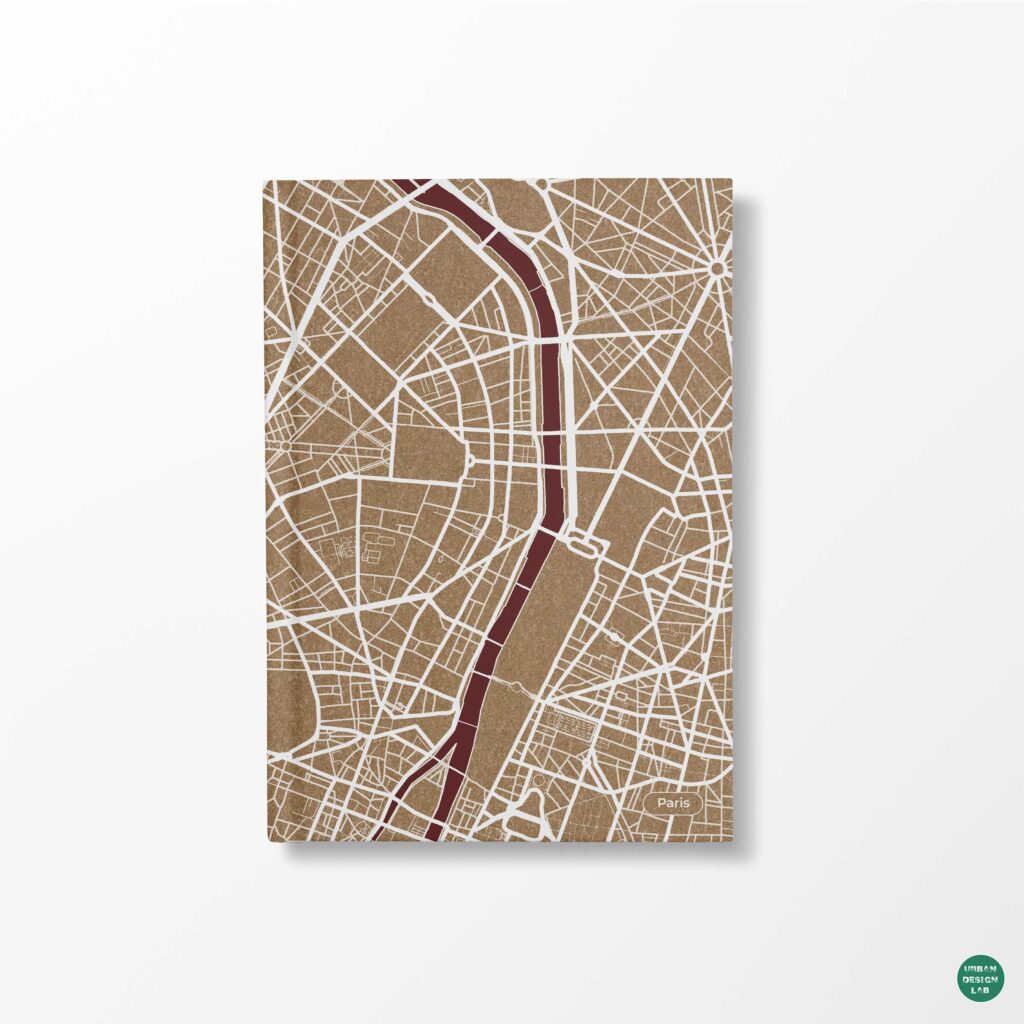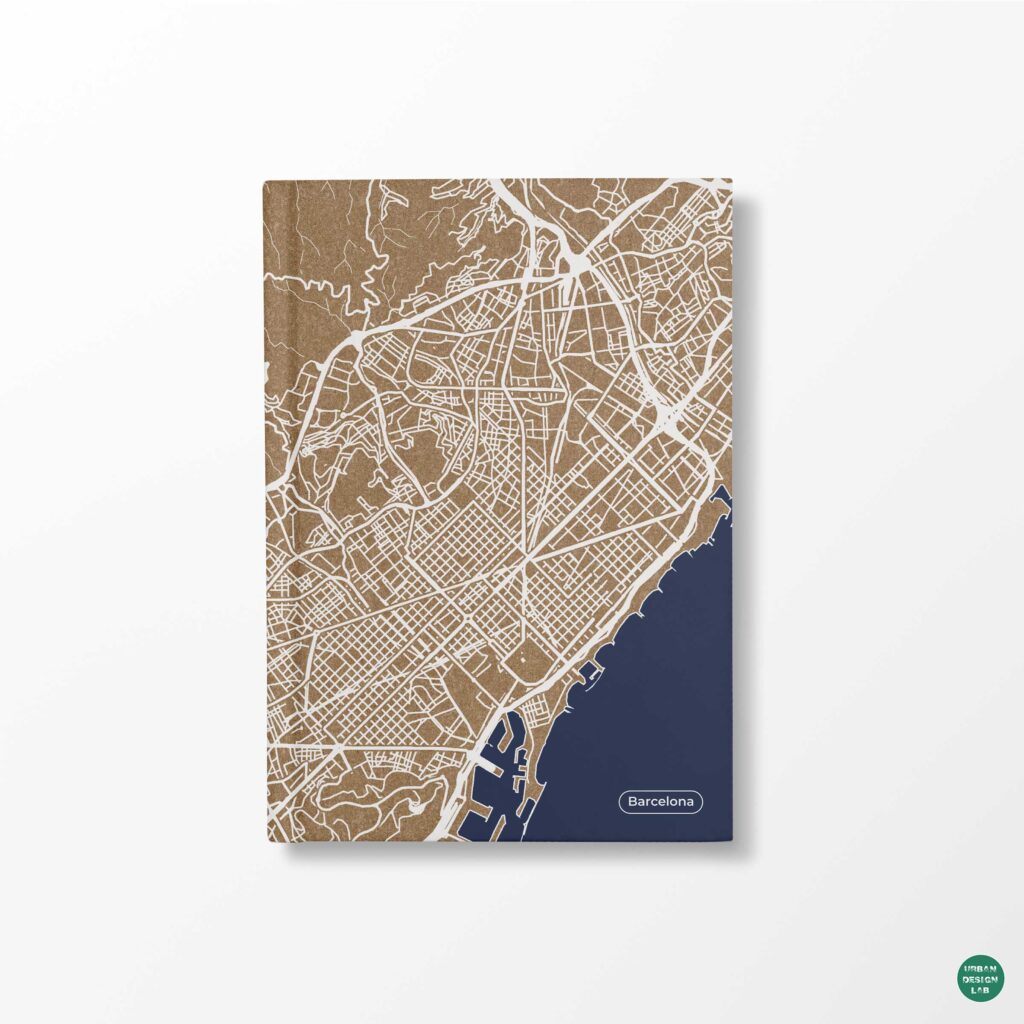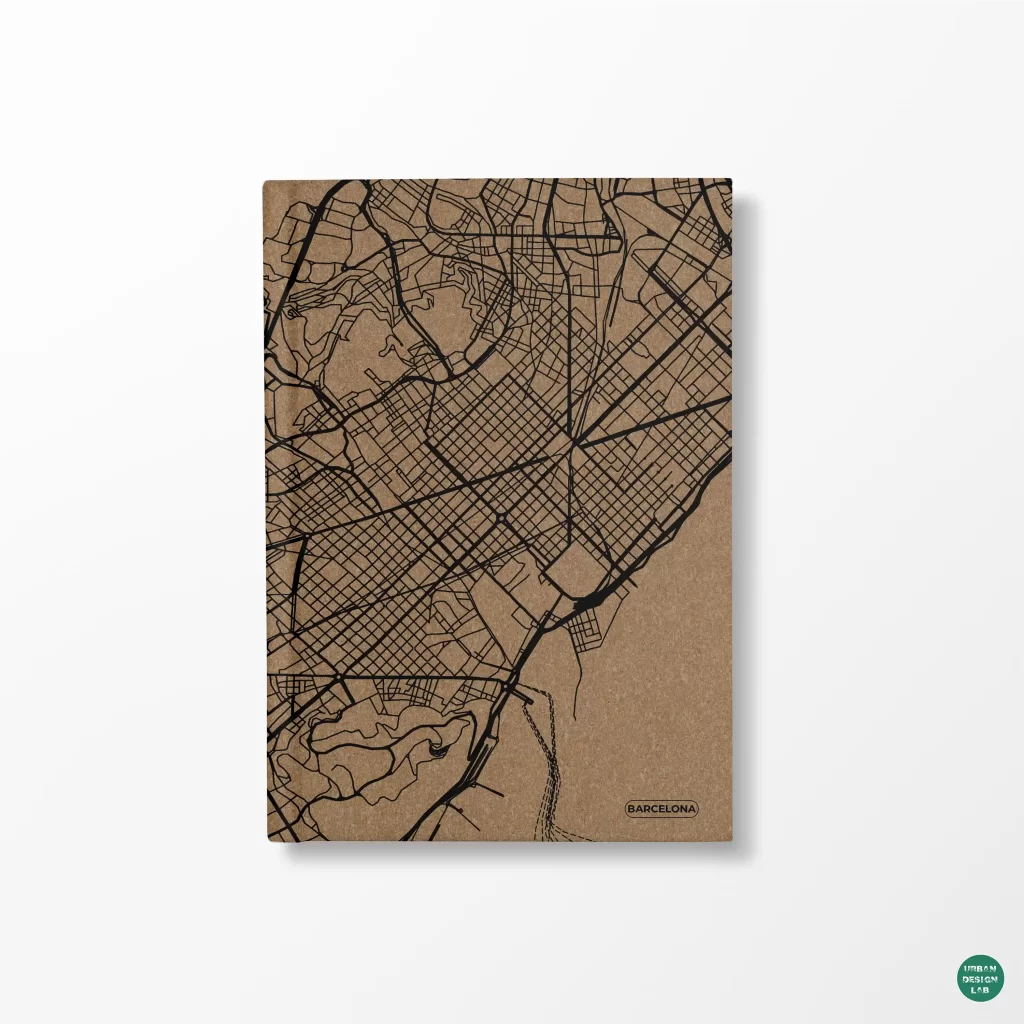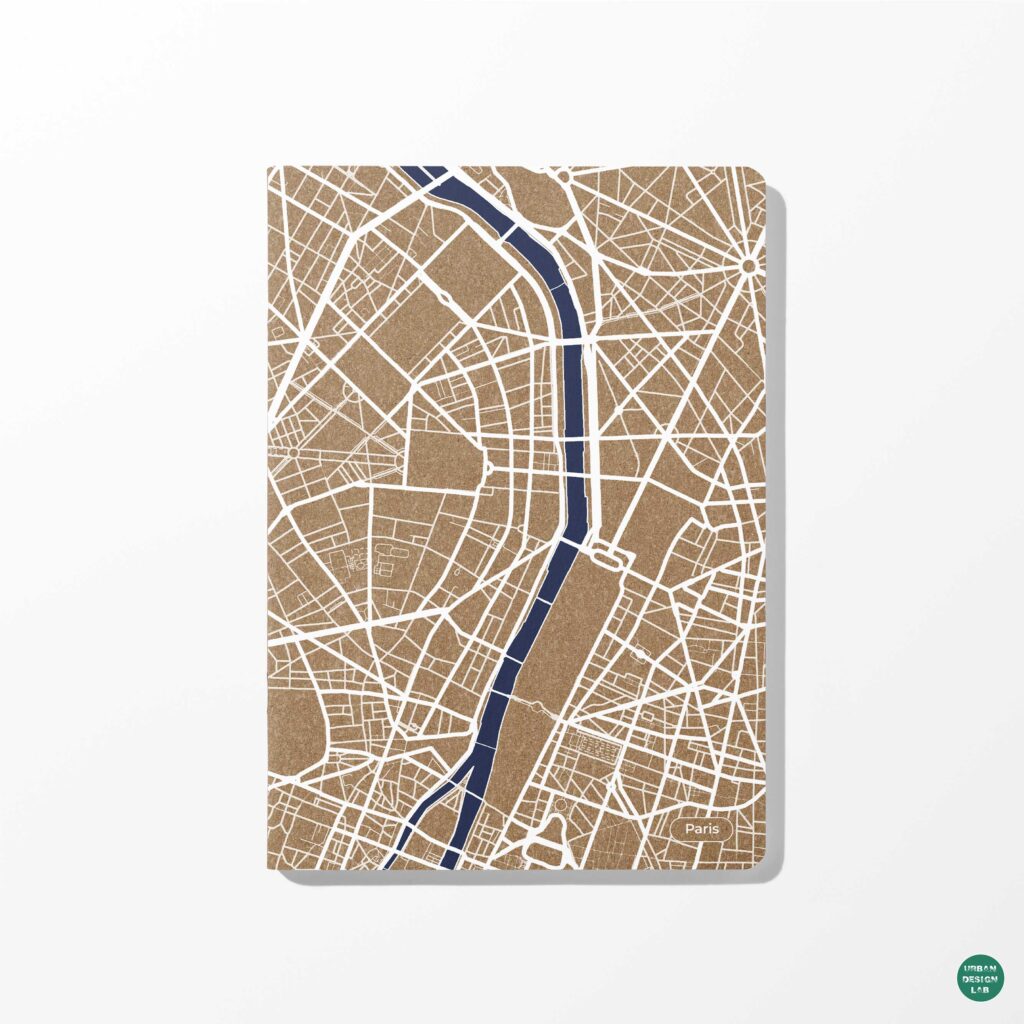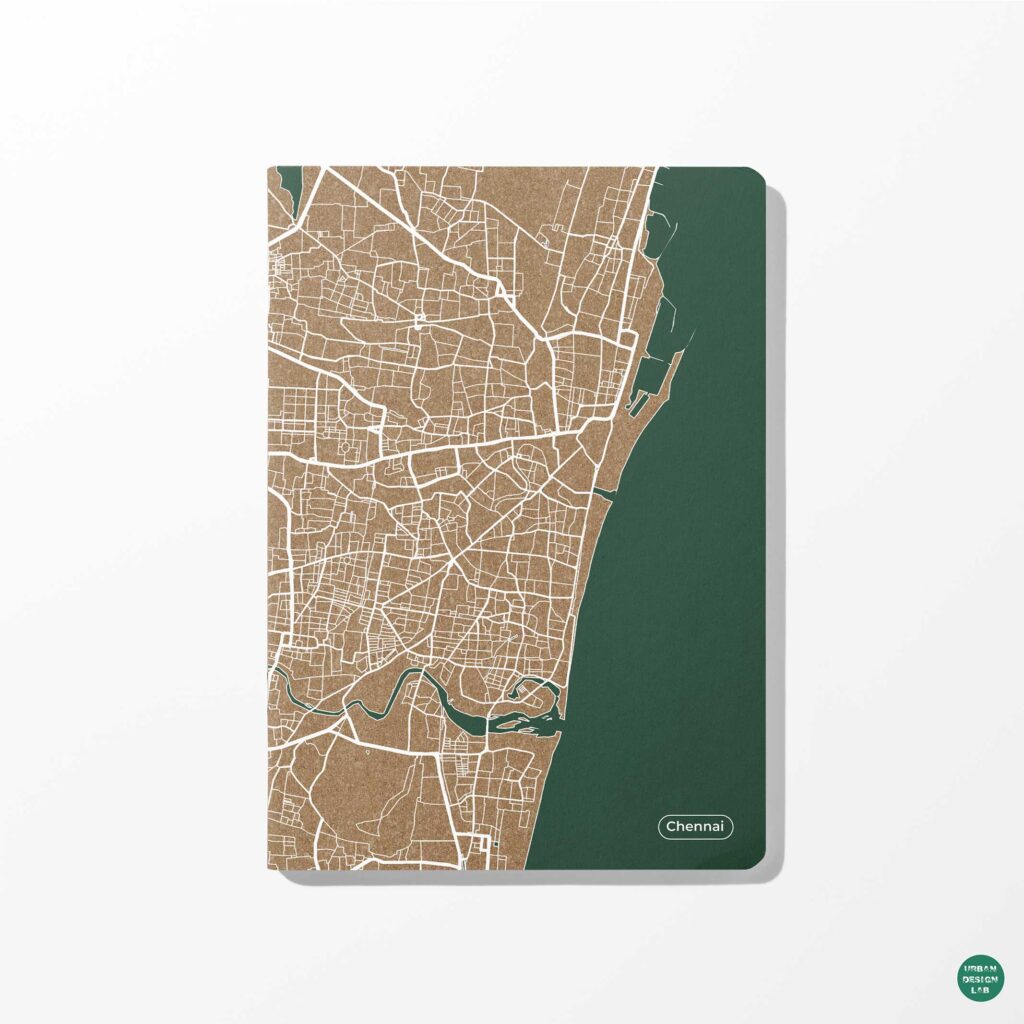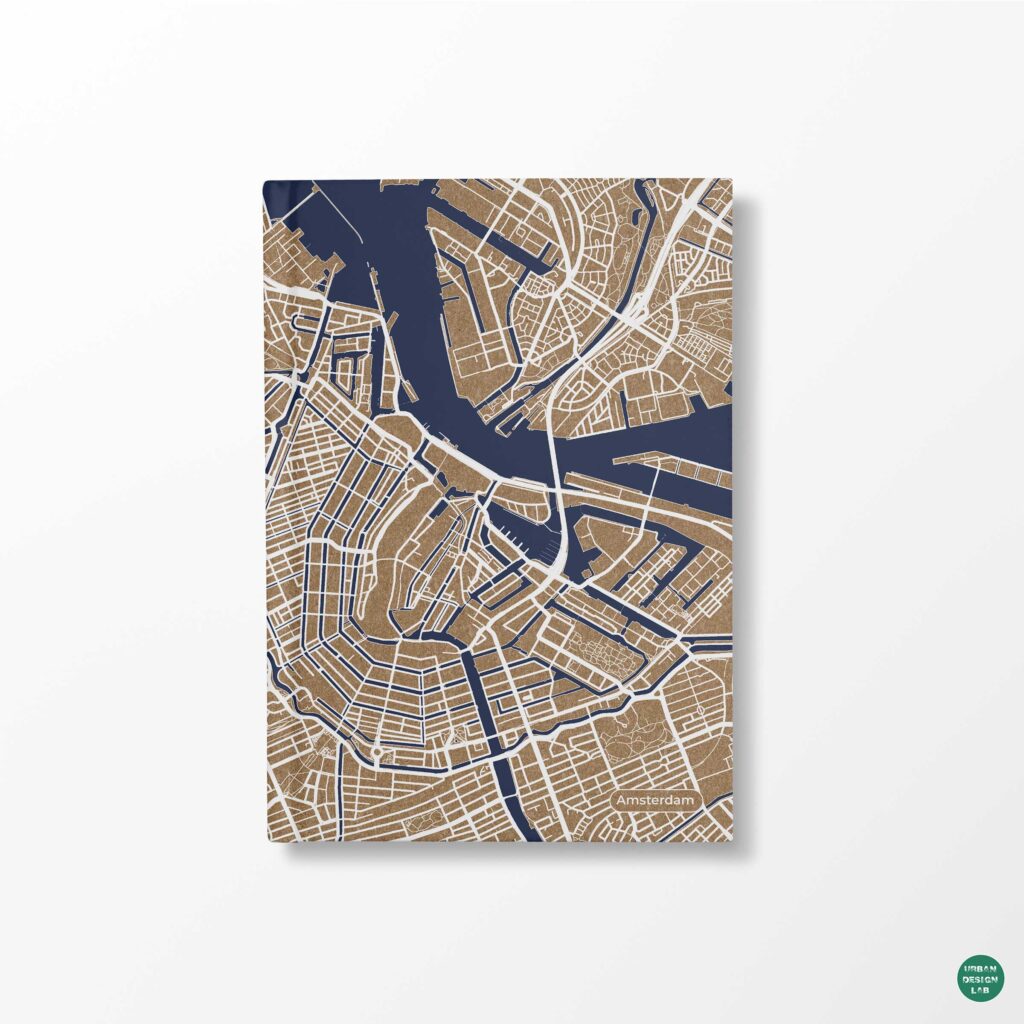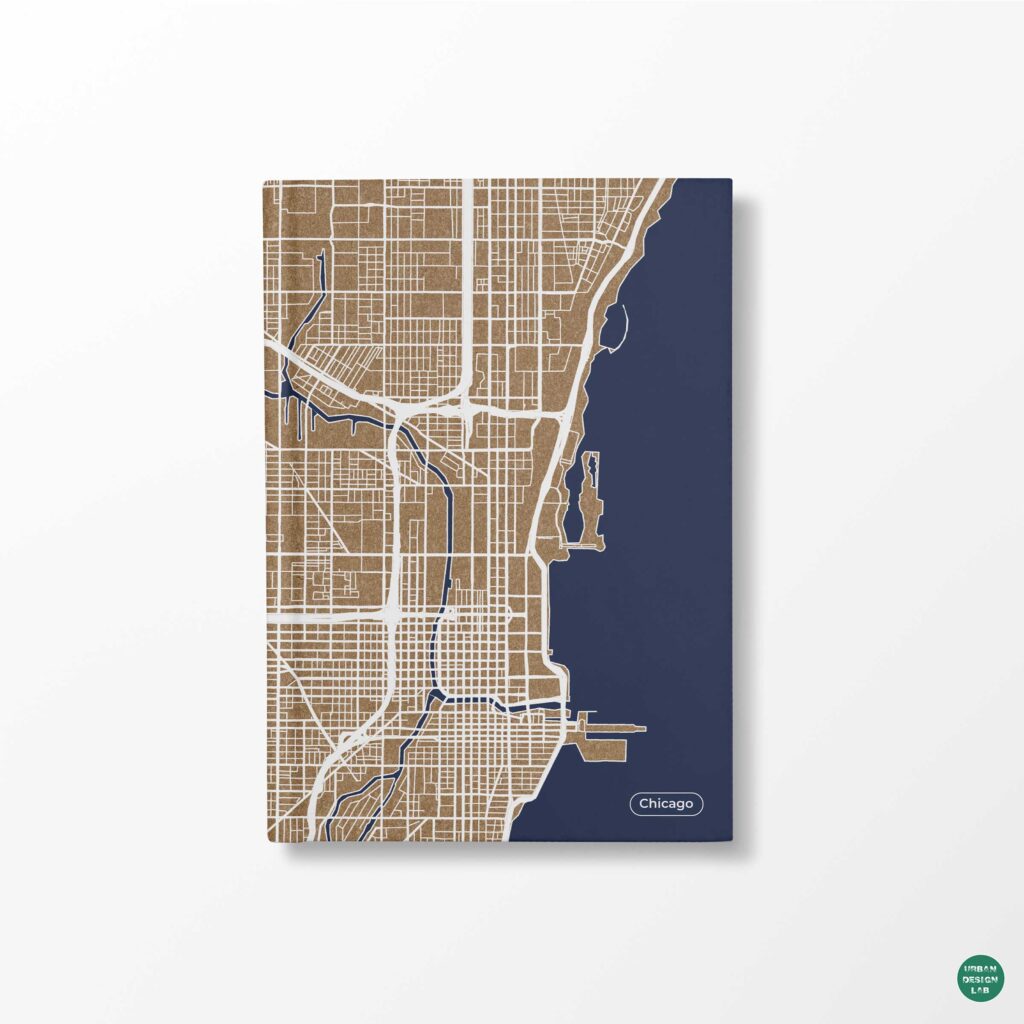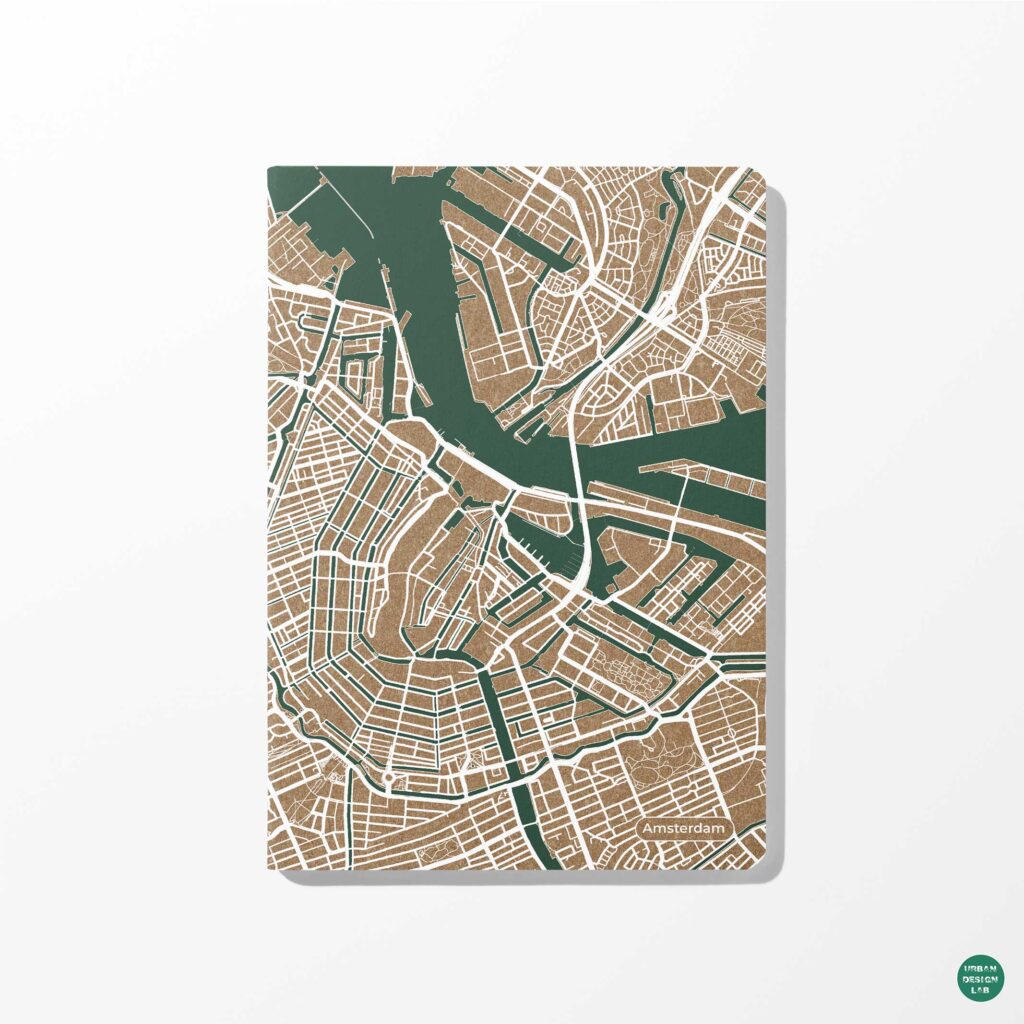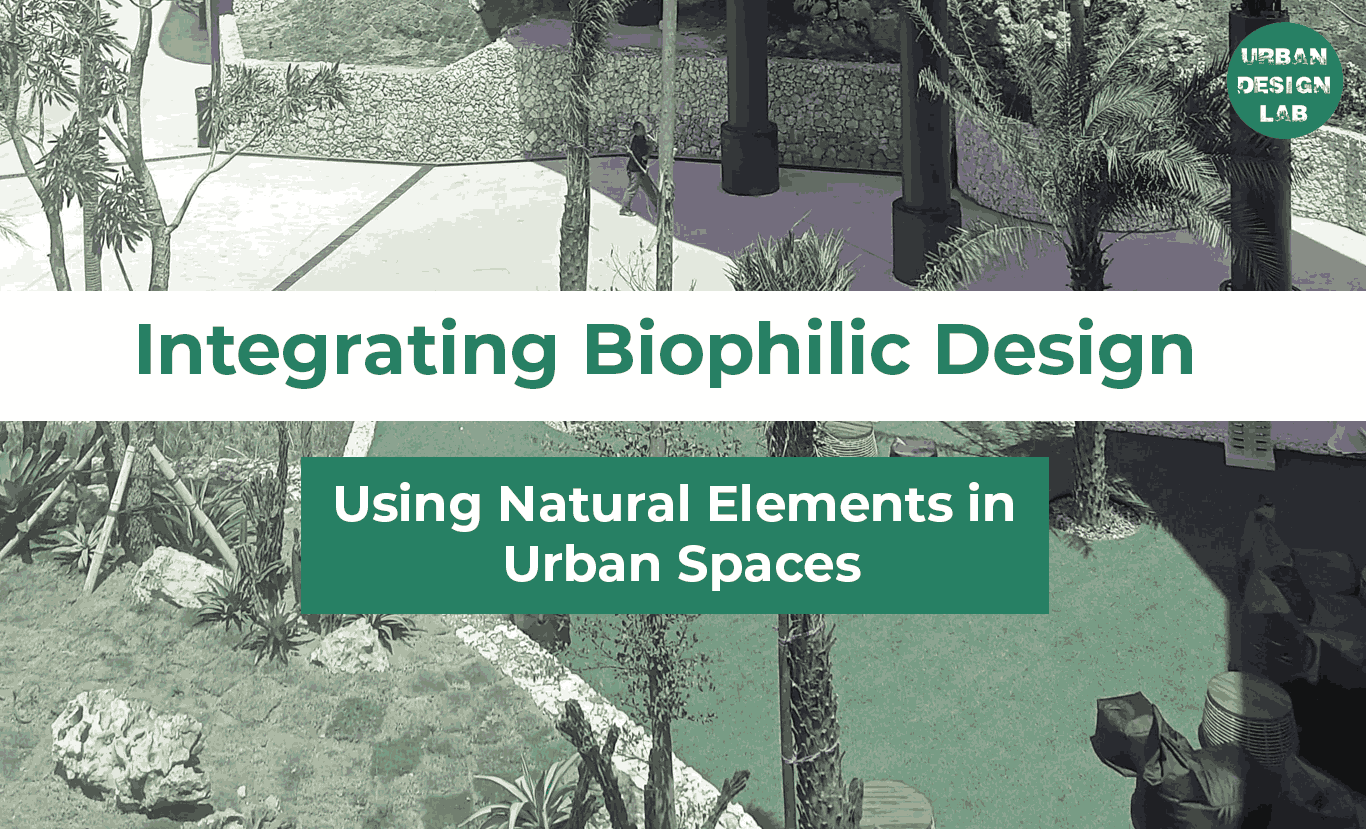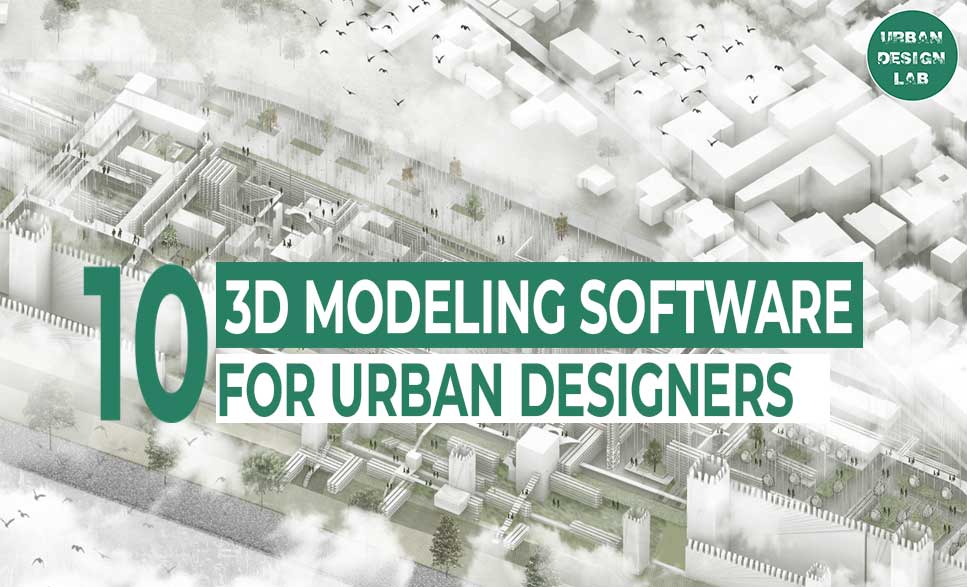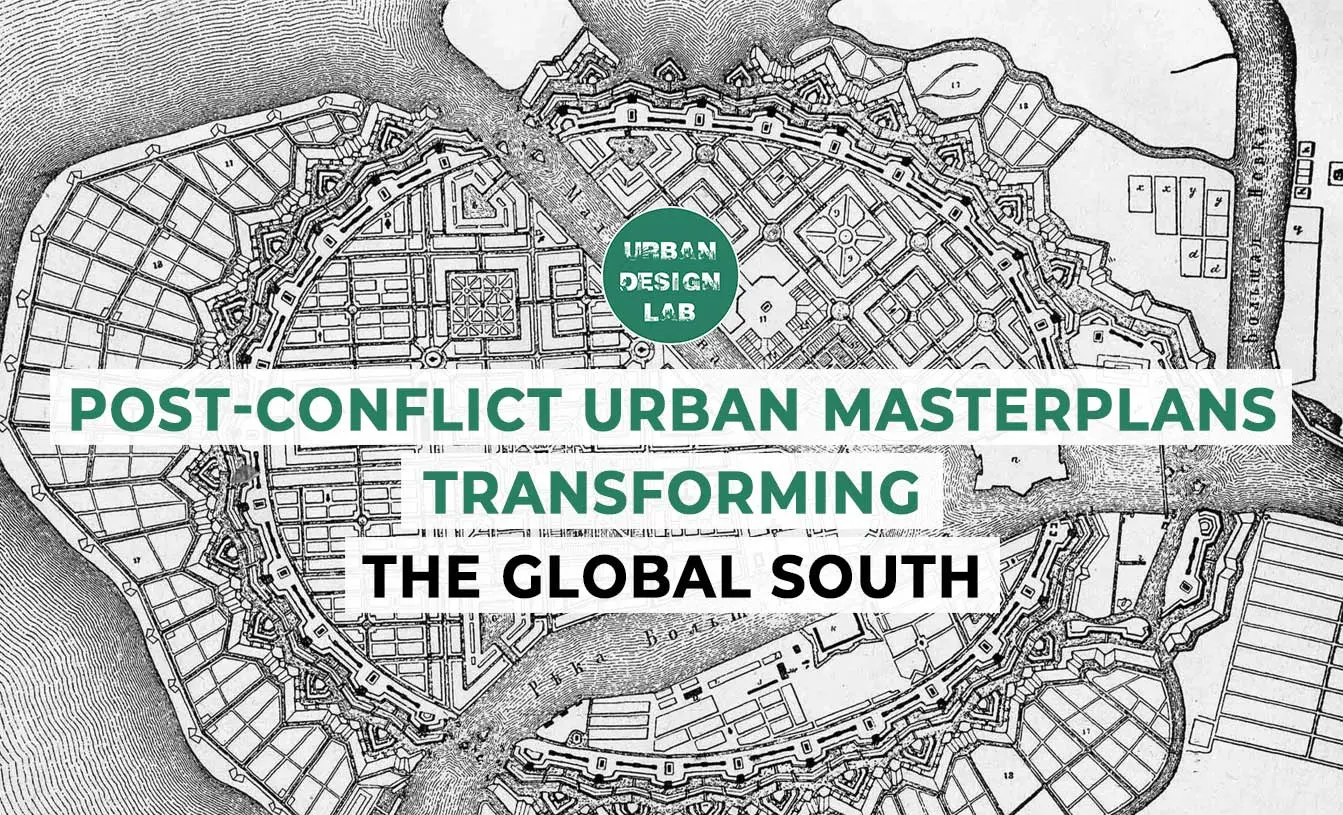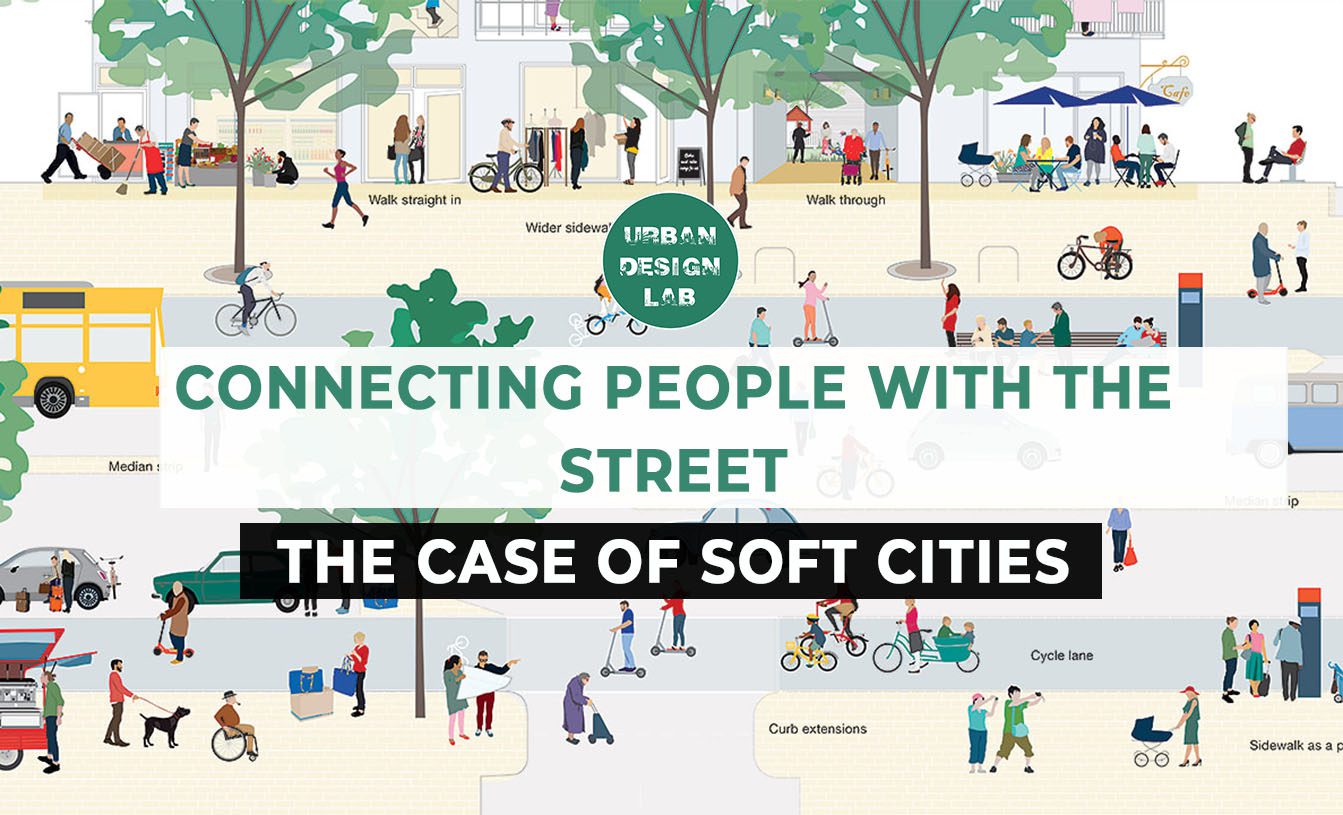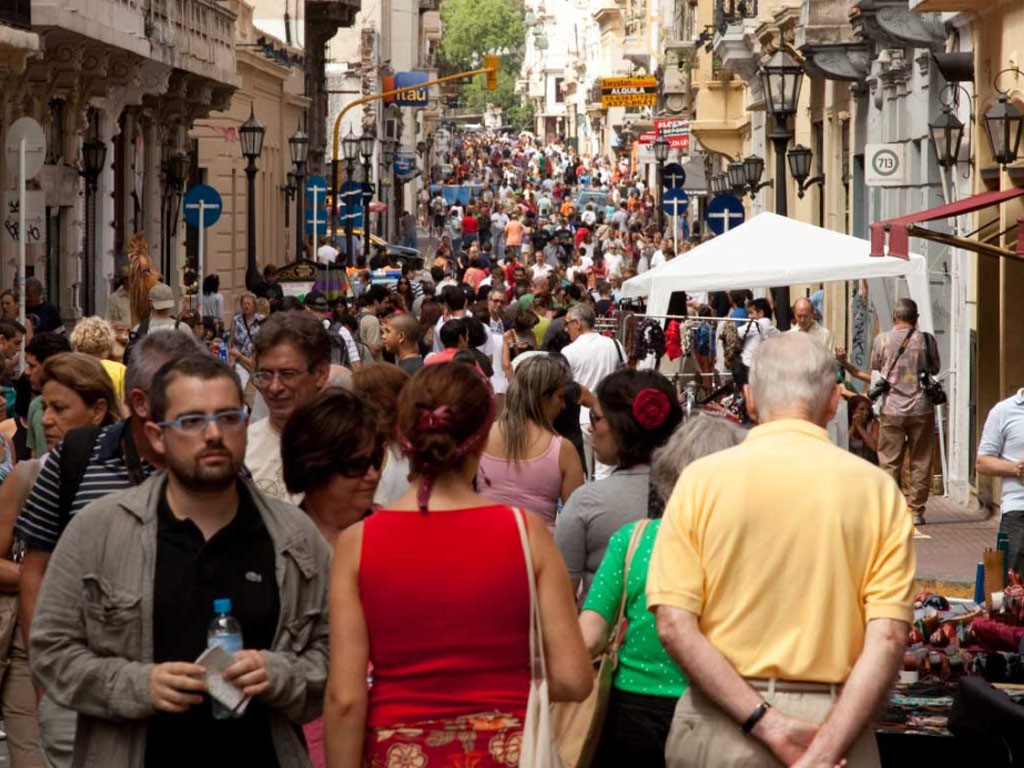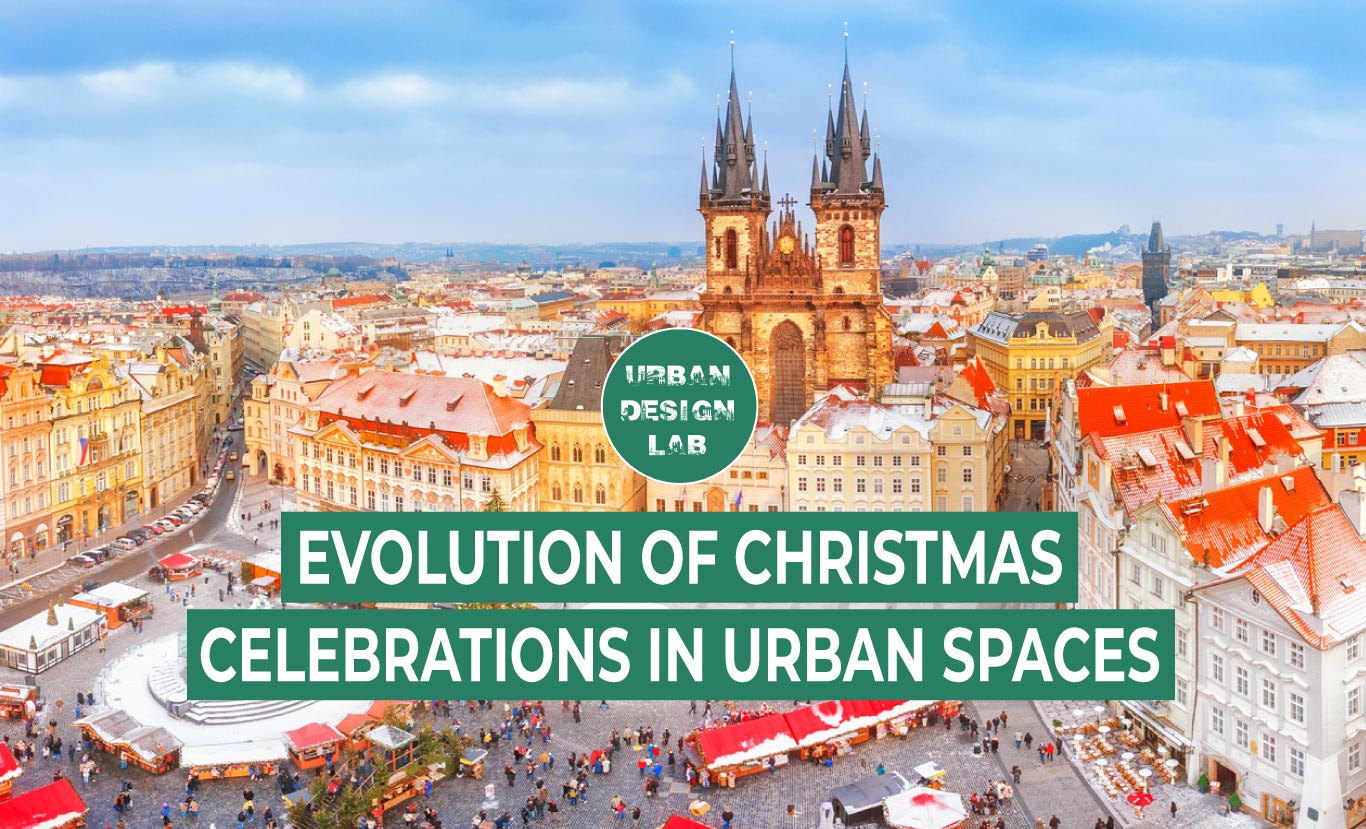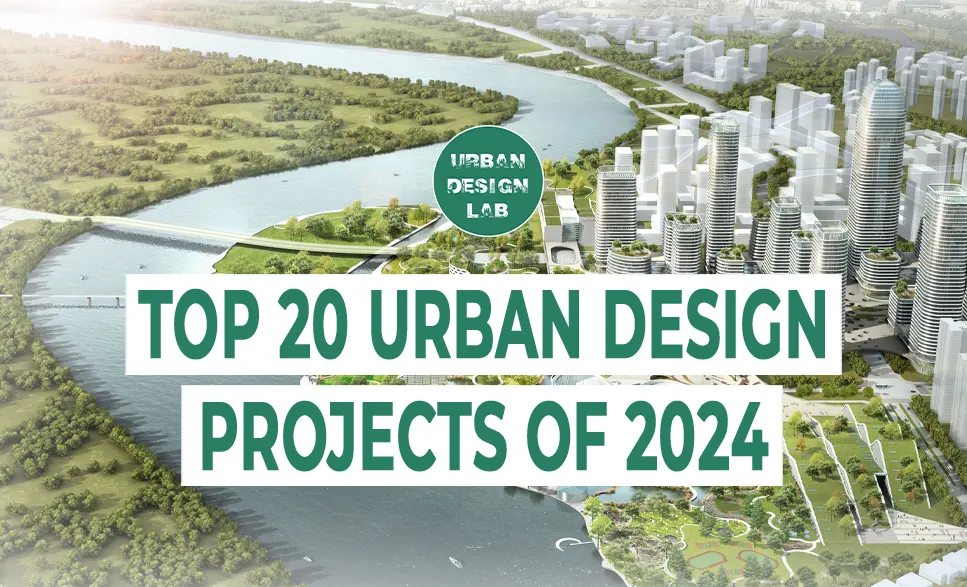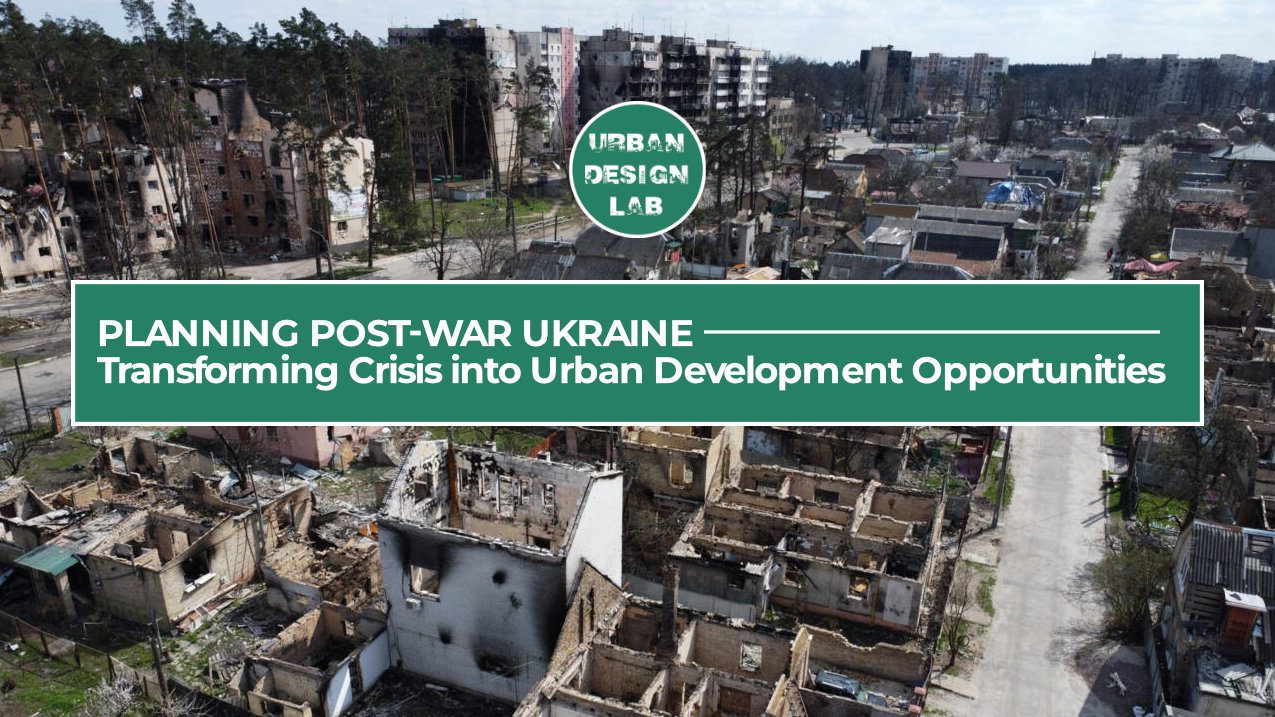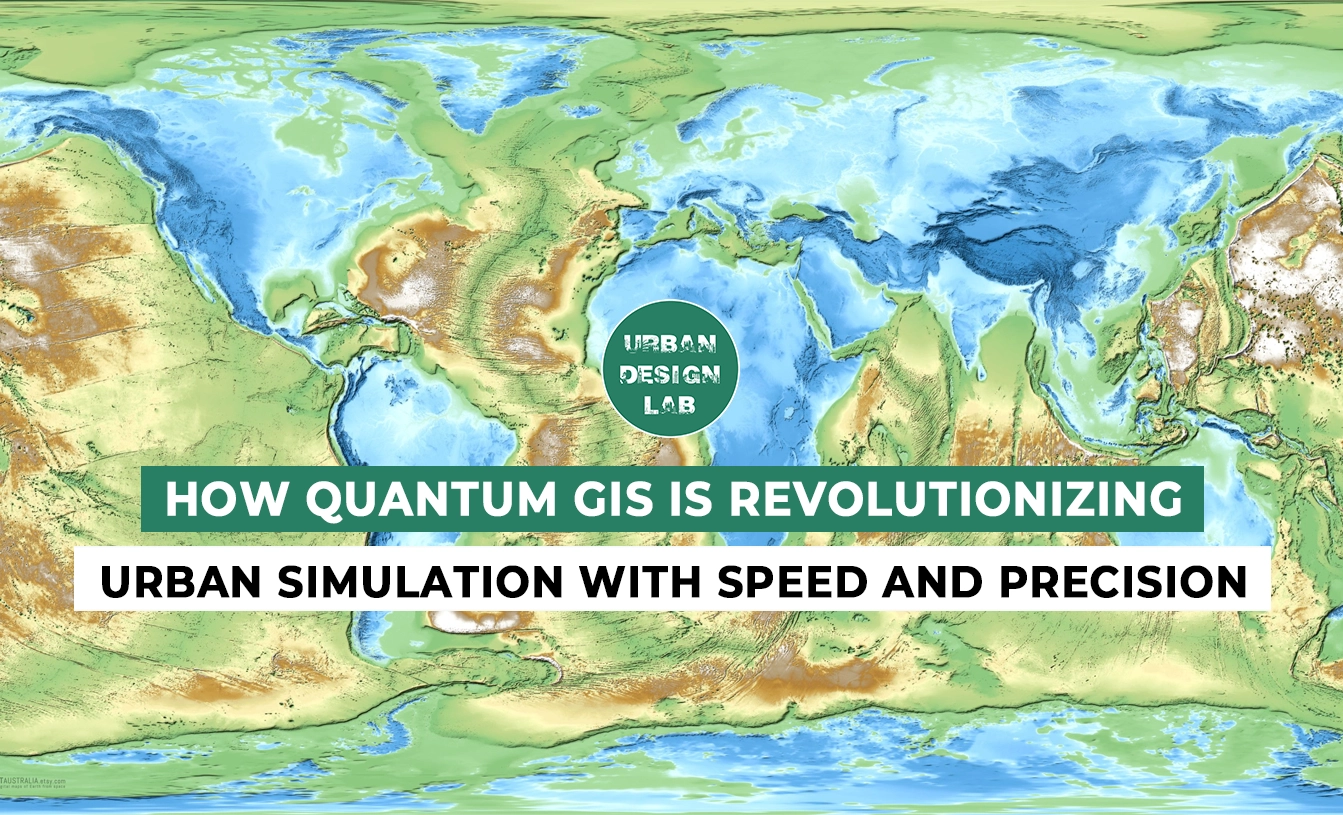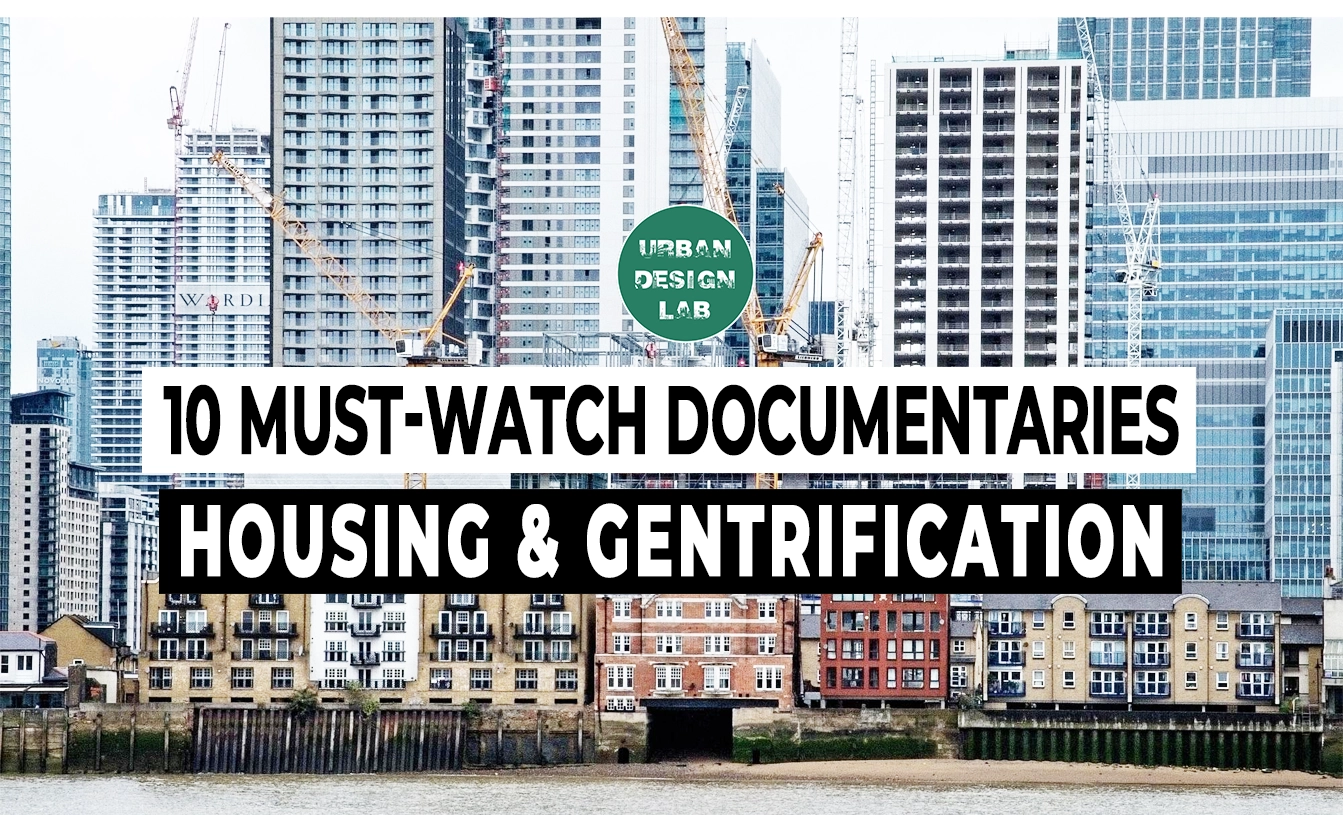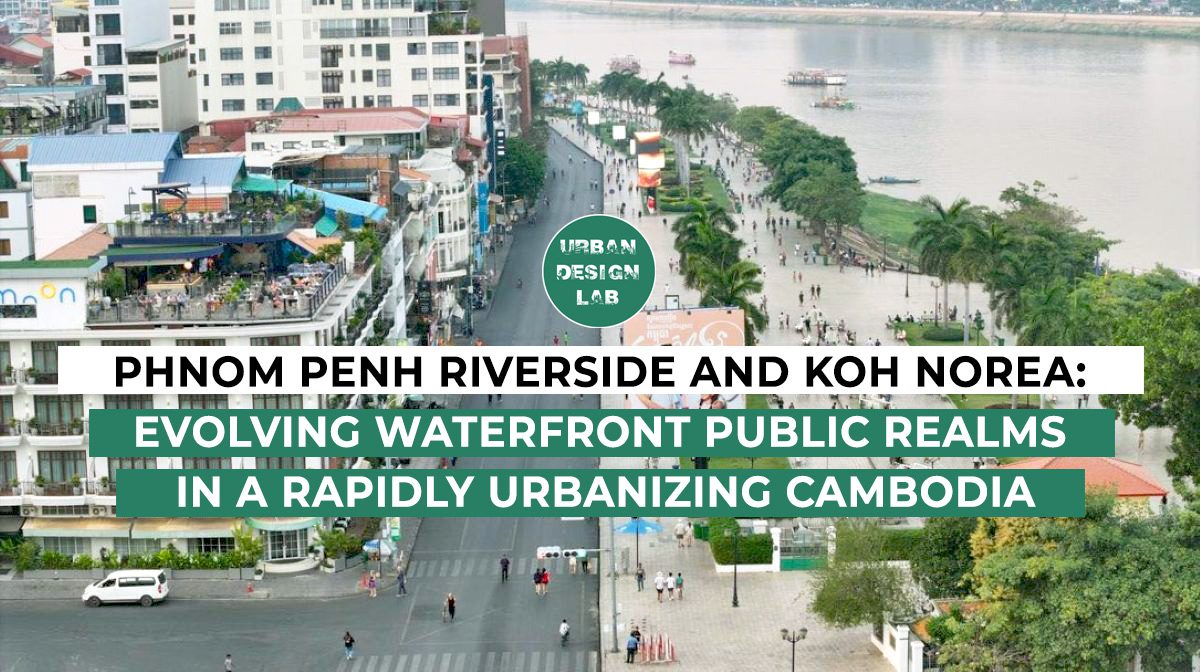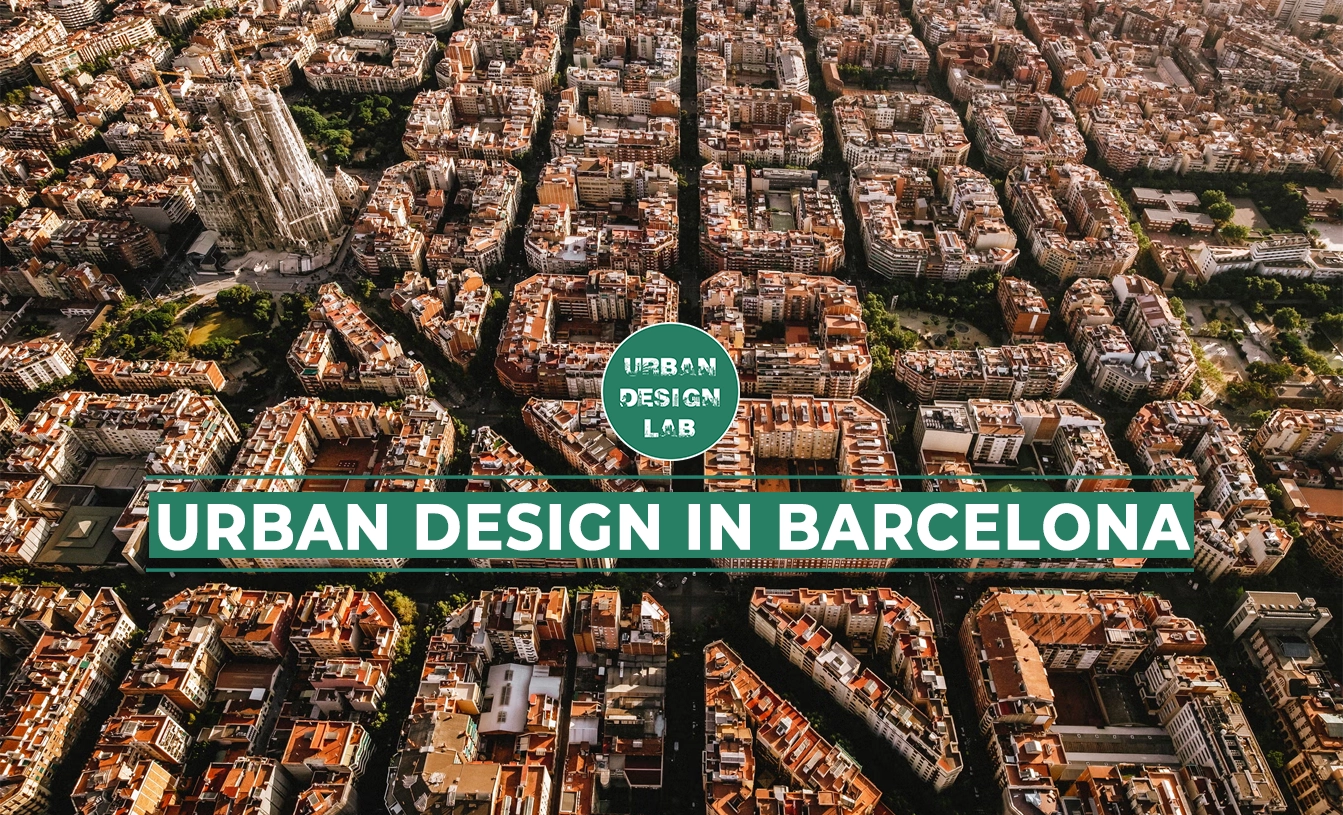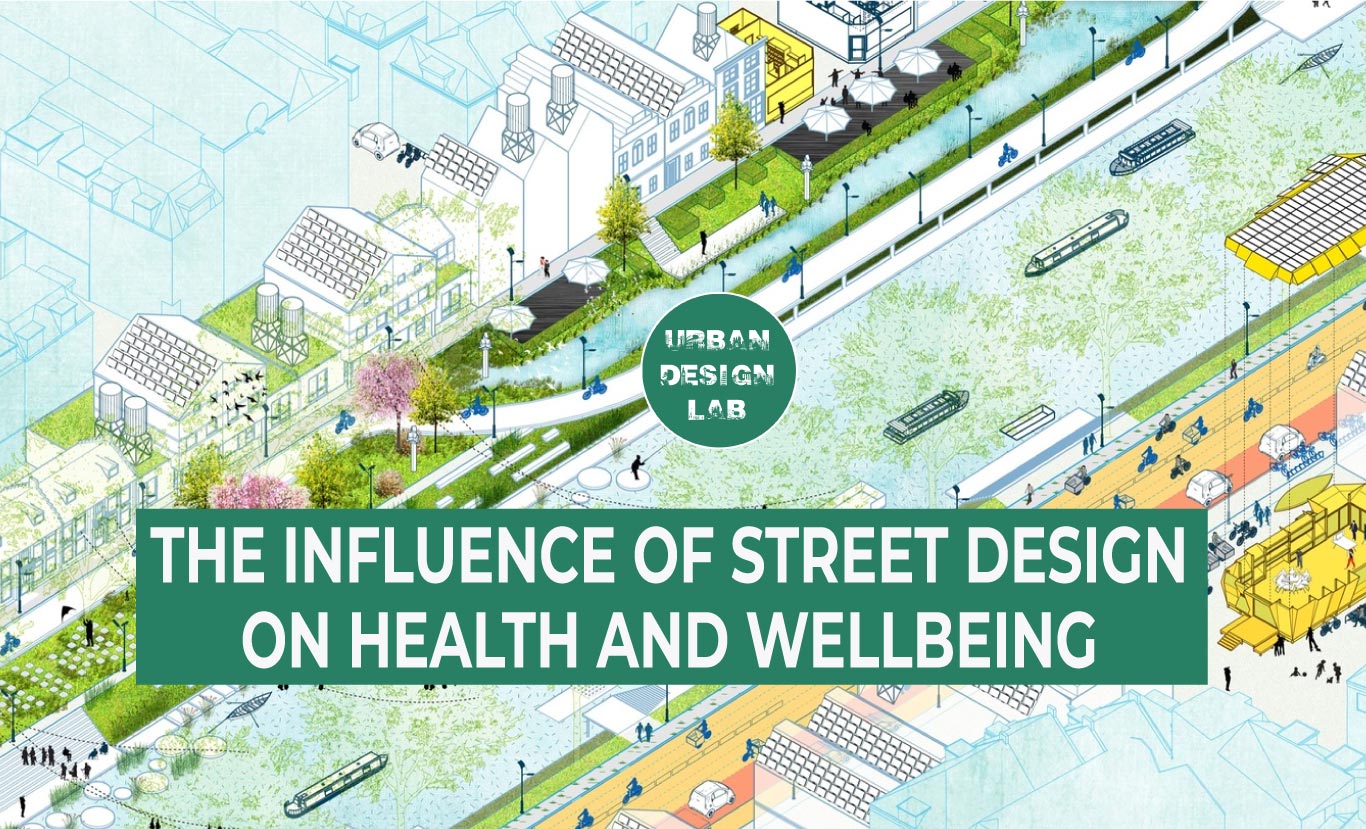
The Tide – London’s Art-Filled Elevated Riverside Walkway Unveiled
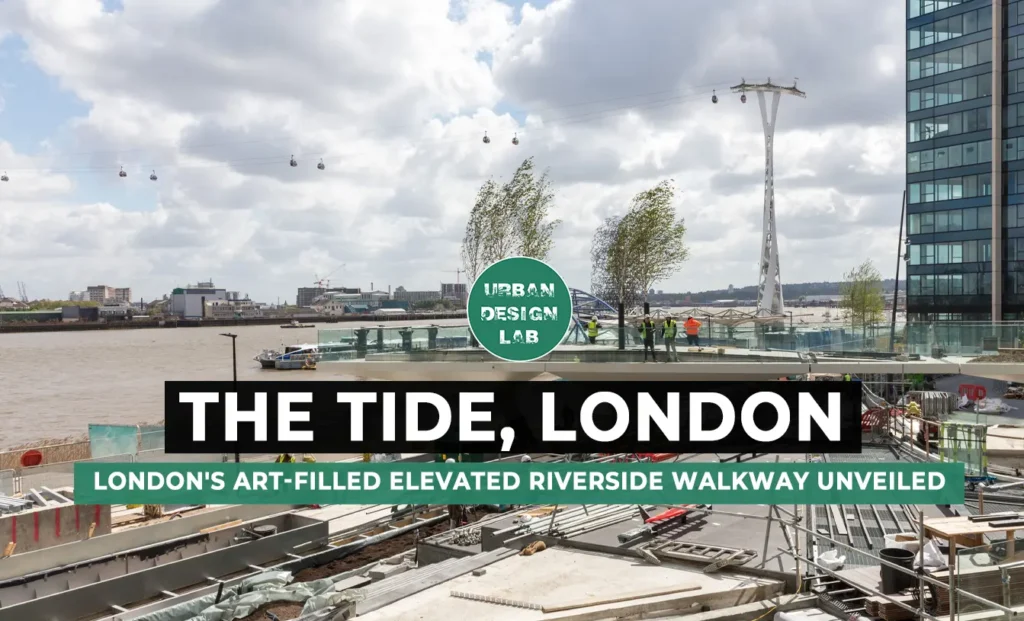
The Tide represents a groundbreaking achievement in urban design as London’s first elevated linear park, transforming Greenwich Peninsula into a vibrant cultural destination. Designed by Diller Scofidio + Renfro – the acclaimed architects behind New York’s High Line – this ambitious project creates a 5-kilometer network of public spaces that seamlessly integrates art, nature, and community life along the Thames. Since its opening in July 2019, The Tide has established itself as a model for sustainable urban regeneration, featuring innovative engineering solutions, world-class public art installations, and thoughtfully designed spaces that prioritize accessibility and environmental consciousness. The walkway connects seven distinct neighborhoods across Greenwich Peninsula through a series of elevated islands and bridges, creating unprecedented opportunities for recreation, cultural engagement, and community building. With its bold architectural vision and commitment to placemaking excellence, The Tide demonstrates how strategic public infrastructure investments can catalyze broader urban transformation while creating lasting social and economic benefits for communities.
From Industrial Legacy to Urban Innovation
Greenwich Peninsula’s transformation from derelict gasworks to London’s most ambitious regeneration project exemplifies the power of visionary urban planning. For over a century, the 160-acre site housed Europe’s largest gas production facility, leaving behind contaminated land that seemed destined for perpetual abandonment. The area’s dramatic renaissance began when the Greater London Authority selected Knight Dragon as the development partner through a competitive tender process, launching a £8.4 billion, 30-year regeneration program that would eventually provide homes for 34,000 residents. The Peninsula’s strategic location connected to central London via the Jubilee Line and surrounded on three sides by the Thames – offered unprecedented development potential despite the significant environmental remediation challenges. This industrial heritage now serves as the foundation for one of Europe’s most innovative urban communities, where creativity and sustainability drive every aspect of development.
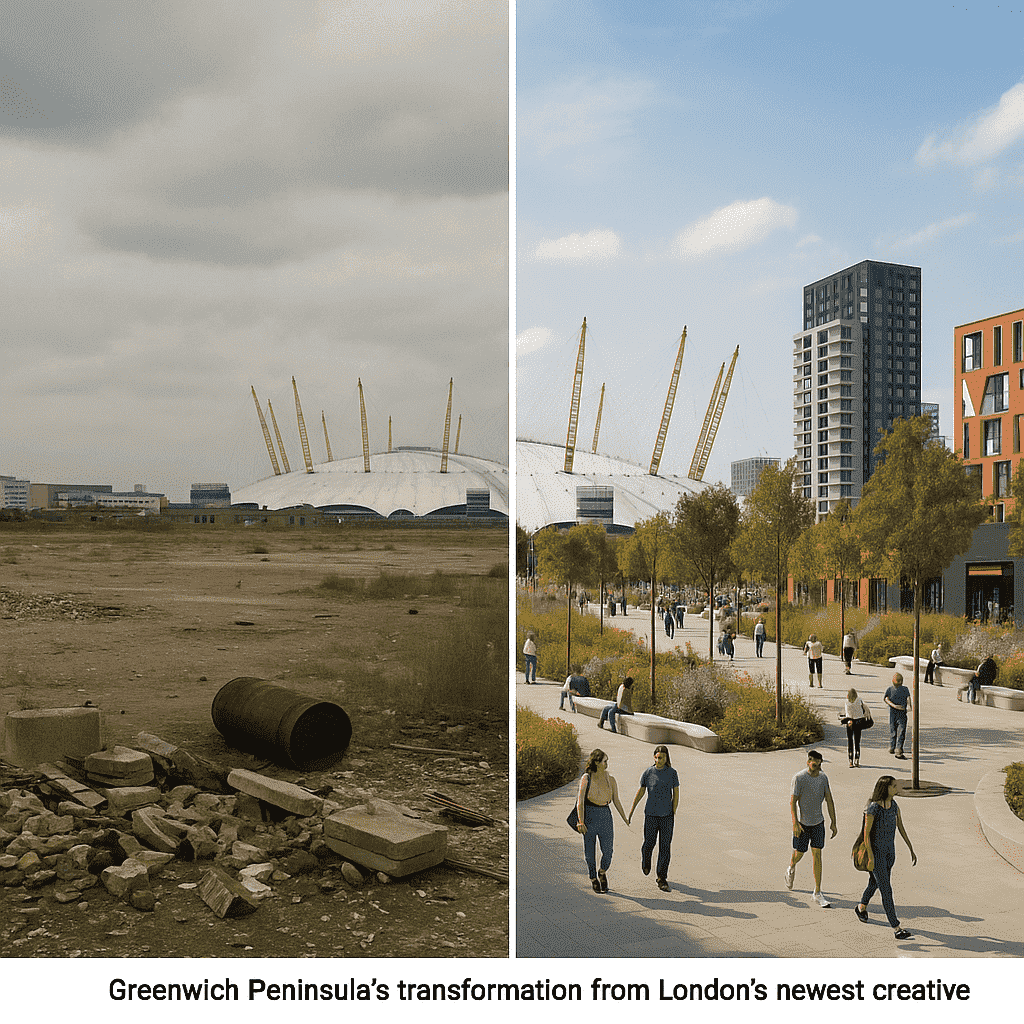
Source: author
Architectural Marvel: Engineering London's Elevated Future
The Tide’s revolutionary design by Diller Scofidio + Renfro, in collaboration with Neiheiser Argyros and landscape architects Gross.Max, establishes new benchmarks for elevated park infrastructure. The walkway comprises 28 unique structural supports that cluster together like tripod formations, creating sculptural islands that support elevated gardens while forming architectural pavilions at ground level. These innovative steel structures, fabricated by Cimolai in Italy and shipped directly via the Thames, were assembled on-site in just days using prefabricated components and simple bolted connections. The engineering achievement extends beyond aesthetics – each support integrates lighting, electrical distribution, data systems, and comprehensive landscape infrastructure including soil containment and drainage. The lightweight aircraft wing-like construction minimizes impact on the London Underground infrastructure below while creating spans up to 26 meters between platforms. This technical innovation demonstrates how contemporary urban projects can achieve architectural excellence while respecting existing infrastructure constraints.
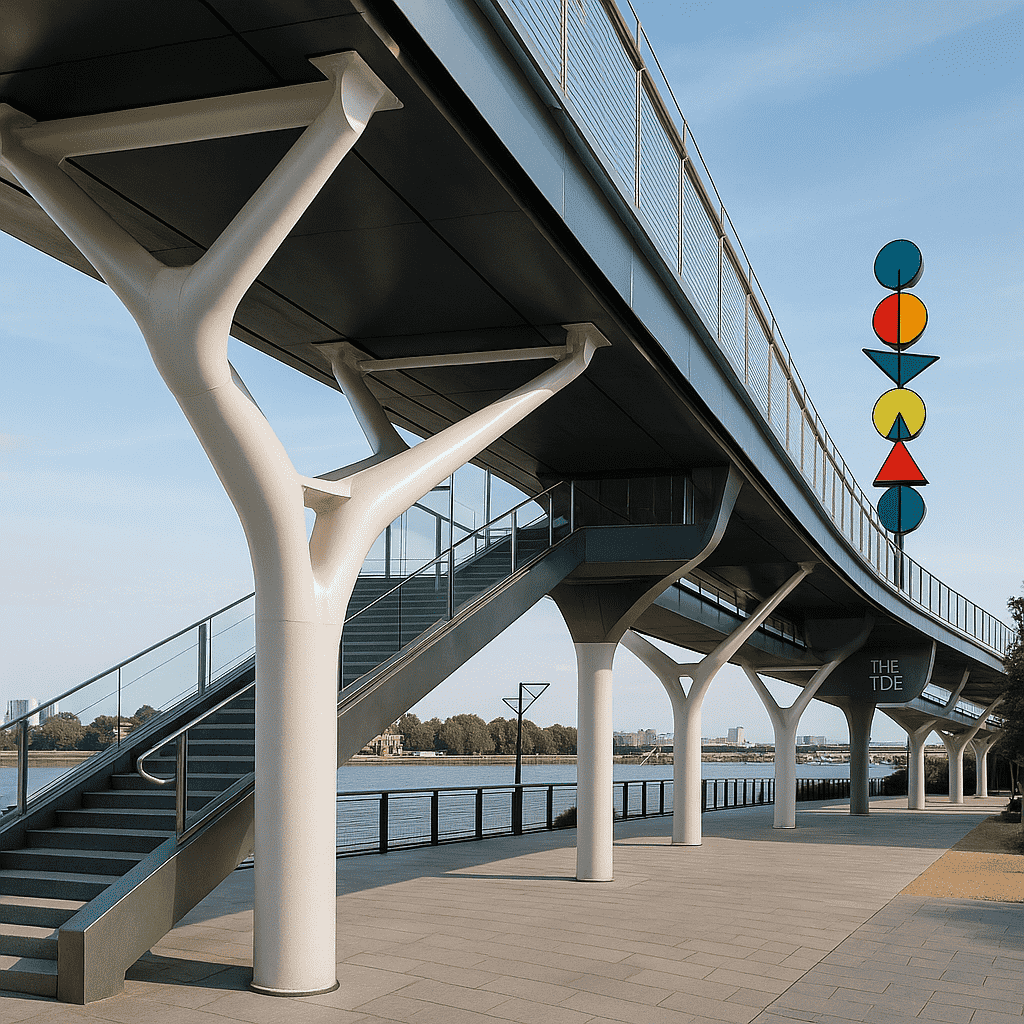
Source: author
Cultural Canvas: World-Class Art Meets Public Space
The Tide serves as London’s premier outdoor gallery, hosting an evolving collection of public art installations by internationally renowned artists. Damien Hirst’s bronze sculptures “The Mermaid” and “Hydra & Kali” from his acclaimed Venice Biennale exhibition anchor the collection, drawing connections between ancient mythology and contemporary urban life. Allen Jones’s striking 8-meter-tall red sculpture “Head in the Wind” was specifically designed for multiple viewing perspectives, encouraging interaction from both elevated walkways and ground level. Morag Myerscough’s vibrant “Siblings” installation transforms utilitarian London Underground vent shafts into bold geometric artworks that create a colorful threshold to the park. The rotating exhibition program has featured spectacular temporary installations including Felipe Pantone’s “Quick Tide,” which wrapped the walkway in dynamic gradient patterns, and Liz West’s “Hundreds and Thousands,” a 700-meter ribbon of color that responded to changing light conditions throughout the day. These artistic interventions demonstrate how public art can activate urban spaces while creating meaningful cultural experiences for diverse communities.
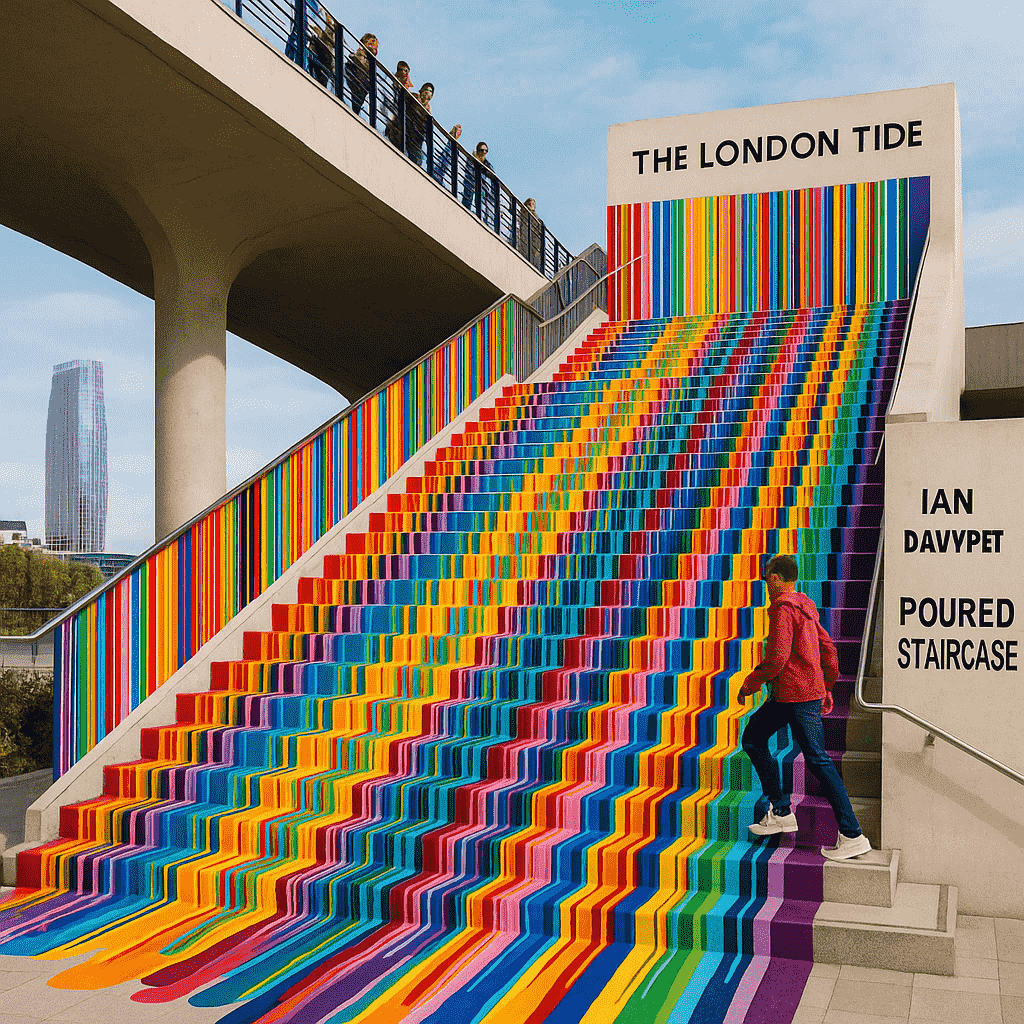
Source: author
Community Impact and Social Infrastructure
The Tide’s success extends far beyond its architectural achievements, creating genuine social infrastructure that strengthens community bonds across Greenwich Peninsula. The elevated park hosts over 259 cultural events annually, from yoga classes and meditation sessions to festivals and community gatherings, demonstrating its role as a vital public amenity. The walkway connects seamlessly with The Line, London’s first dedicated public art walk, creating a continuous cultural corridor that extends from The O2 to Queen Elizabeth Olympic Park. This connectivity enables residents and visitors to experience an unprecedented 11-kilometer journey through East London’s most innovative public spaces. The park’s thoughtful design prioritizes accessibility with step-free access via lifts, wheelchair-compatible surfaces, and carefully planned gradients that accommodate users with diverse mobility needs. Evening programming transforms The Tide into a dynamic social space, with extended operating hours until 10 PM encouraging community interaction and supporting local businesses. The project’s community-centered approach has attracted over 64,000 daily visitors while fostering genuine neighborhood connections among Greenwich Peninsula’s growing residential population.
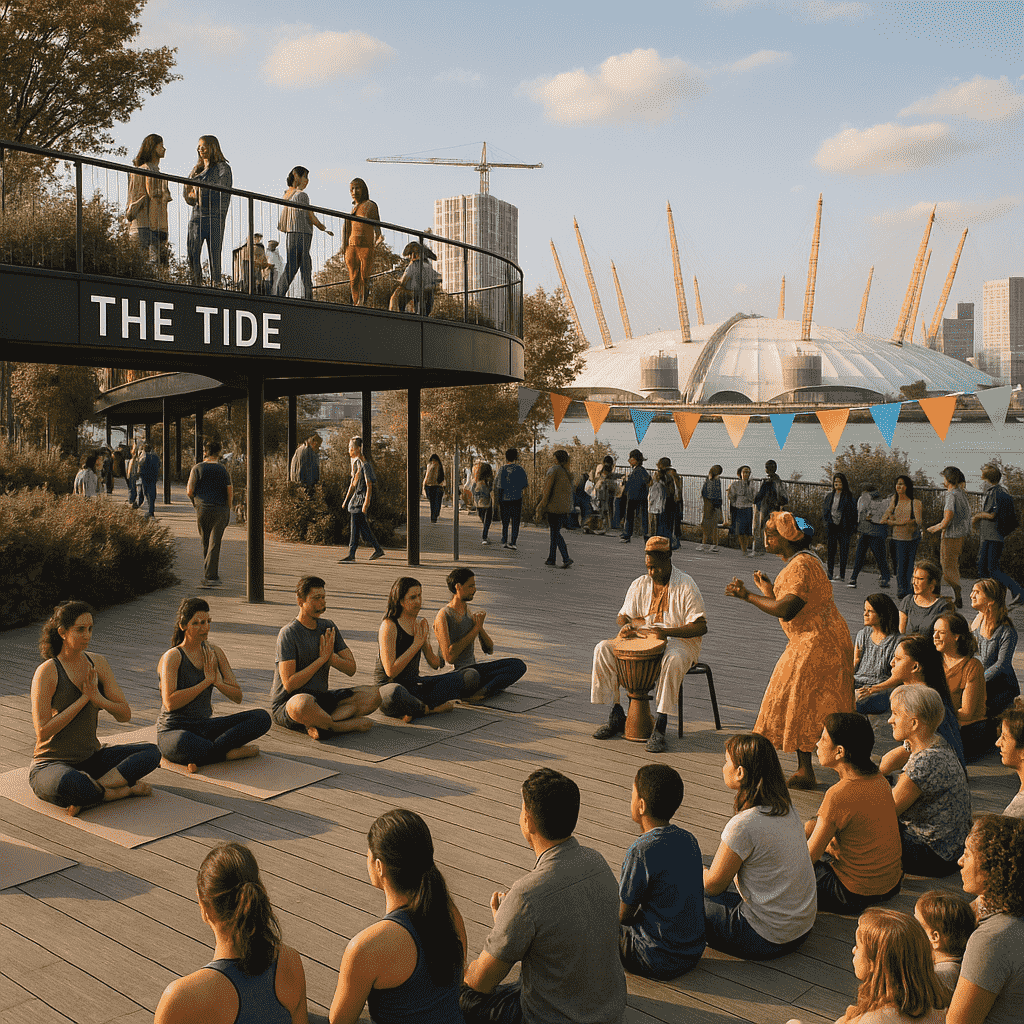
Source: author
Sustainable Innovation and Future Urban Models
The Tide establishes new standards for sustainable urban infrastructure through its integration of environmental technologies and community-centered design principles. The project’s construction achieved remarkable sustainability metrics by recycling 96% of demolition materials and employing prefabrication techniques that minimized on-site waste and construction time. The elevated gardens utilize innovative planting systems that create comfortable microclimates while providing habitat corridors for urban wildlife, supporting biodiversity enhancement across the Peninsula. Knight Dragon’s broader commitment to sustainability includes a £1.9 million Community Fund and extensive investment in low-carbon infrastructure, including a dedicated energy center serving the entire development. The Tide’s influence extends globally as cities worldwide study its integrated approach to public space, art programming, and community engagement. From Seoul’s stream restoration projects to similar elevated park developments across Europe, The Tide demonstrates how strategic investment in high-quality public infrastructure can catalyze broader urban transformation. As the remaining phases develop toward the full 5-kilometer vision, The Tide continues evolving as a living laboratory for sustainable urban design and community-centered placemaking.
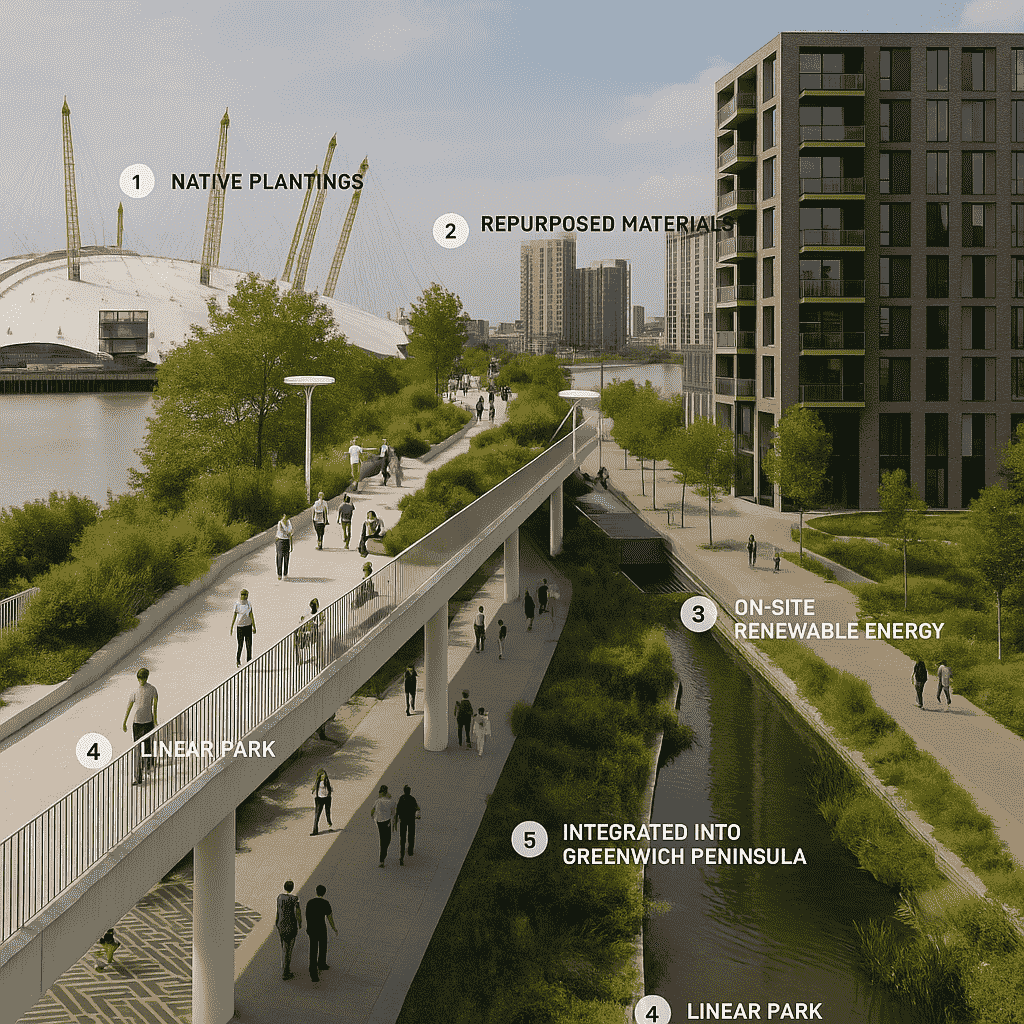
Source: author
Conclusion
The Tide stands as a transformative example of how thoughtful urban design can create lasting positive change for communities while establishing new benchmarks for sustainable development. Through its innovative architecture, world-class art programming, and genuine commitment to community engagement, this elevated linear park has successfully demonstrated that ambitious public infrastructure projects can deliver meaningful social, cultural, and economic benefits. The collaboration between visionary architects, talented artists, and community-focused developers has produced a unique urban amenity that serves both local residents and visitors while inspiring similar projects worldwide. As Greenwich Peninsula continues evolving into London’s newest creative neighborhood, The Tide remains at the heart of this transformation, proving that strategic investment in high-quality public space creates immeasurable value for urban communities. The project’s ongoing success reinforces the importance of prioritizing accessibility, sustainability, and cultural programming in contemporary urban planning, offering valuable lessons for cities seeking to create more livable, connected, and inspiring environments for their residents.
References
- AKT II. (n.d.). The Tide. Retrieved July 20, 2025, from https://www.akt-uk.com/projects/the-tide/
- The Unfinished City. (2024). The Tide, Greenwich Peninsula – London. Retrieved July 20, 2025, from https://www.theunfinishedcity.co.uk/2024/02/the-tide-greenwich-peninsula.html
- Neiheiser Argyros. (2023). The Tide Elevated Park. Retrieved July 20, 2025, from https://neiheiserargyros.com/projects/the-tide/
- Londonist. (2019). A First Look At The Tide: Pedways And Gardens. Retrieved July 20, 2025, from https://londonist.com/london/great-outdoors/walkways-in-the-sky-a-first-look-at-the-tide-greenwich-peninsula
- Greenwich Peninsula. (2023). The Tide. Retrieved July 20, 2025, from https://www.greenwichpeninsula.co.uk/whats-here/the-tide
- Diller Scofidio + Renfro. (2022). The Tide. Retrieved July 20, 2025, from https://dsrny.com/project/the-tide
- Gardiner & Theobald. (2022). The Tide. Retrieved July 20, 2025, from https://www.gardiner.com/projects/the-tide
- Wallpaper. (2022). The Tide opens in London’s Greenwich Peninsula. Retrieved July 20, 2025, from https://www.wallpaper.com/architecture/the-tide-diller-scofidio-renfro-neiheiser-argyros-greenwich-london
- From the Murky Depths. (2019). Visiting the Greenwich High Line walkway – aka The Tide. Retrieved July 20, 2025, from https://www.fromthemurkydepths.co.uk/2019/09/03/visiting-the-greenwich-high-line-walkway-aka-the-tide/
- Forbes. (2019). Wellness, Art And Culture: How The Tide Will Elevate London’s River Scene. Retrieved July 20, 2025, from https://www.forbes.com/sites/angelinavillaclarke/2019/05/15/wellness-art-and-culture-how-the-tide-will-elevate-londons-river-scene-in-more-ways-than-one/

Shatakshi Prabhakar Patil
About the Author
Shatakshi Patil is a passionate urban designer with a strong foundation in architecture and a commitment to creating inclusive, sustainable spaces. She brings a global perspective to her work, combining strategic thinking with technical proficiency in urban planning and design. Known for her initiative and research-driven approach, she excels at transforming complex urban challenges into people-focused solutions. Her work reflects a balance of creativity, precision, and a deep sensitivity to context.
Related articles


Architecture Professional Degree Delisting: Explained
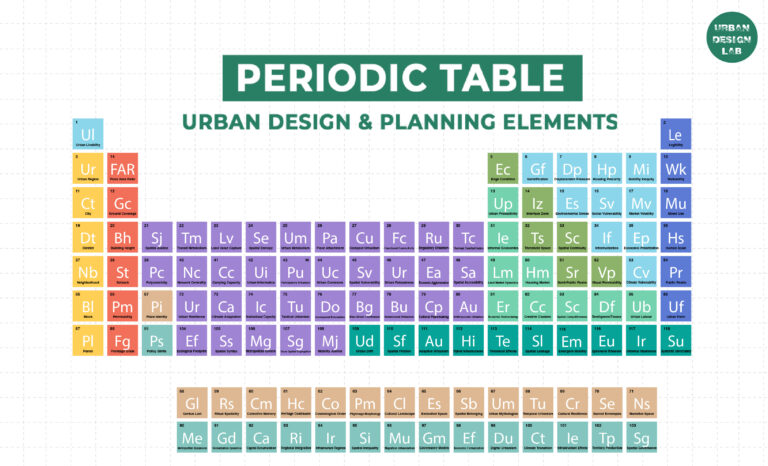
Periodic Table for Urban Design and Planning Elements
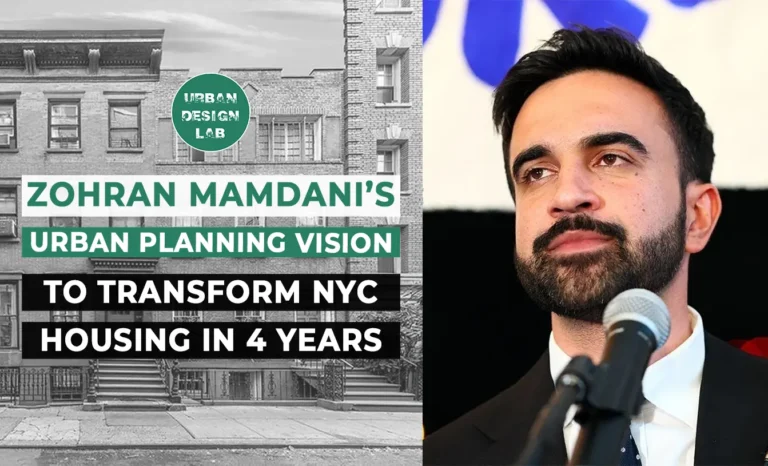

History of Urban Planning in India
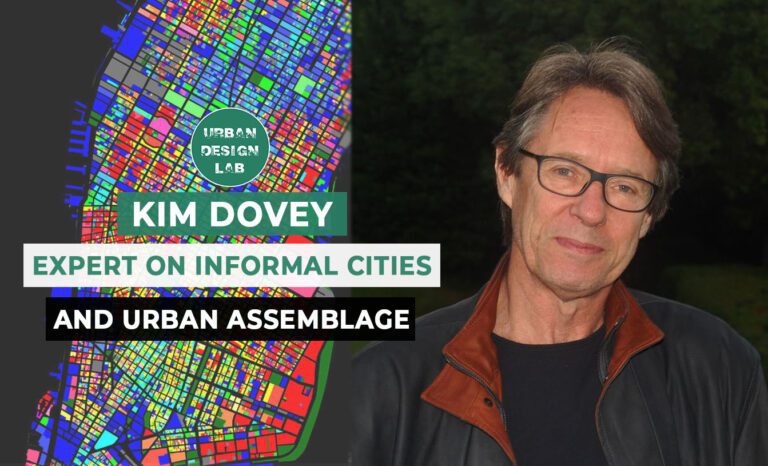
Kim Dovey: Leading Theories on Informal Cities and Urban Assemblage
UDL Illustrator
Masterclass
Visualising Urban and Architecture Diagrams
Session Dates
17th-18th January 2026

Urban Design Lab
Be the part of our Network
Stay updated on workshops, design tools, and calls for collaboration
Curating the best graduate thesis project globally!

Free E-Book
From thesis to Portfolio
A Guide to Convert Academic Work into a Professional Portfolio”
Recent Posts
- Article Posted:
- Article Posted:
- Article Posted:
- Article Posted:
- Article Posted:
- Article Posted:
- Article Posted:
- Article Posted:
- Article Posted:
- Article Posted:
- Article Posted:
- Article Posted:
- Article Posted:
Sign up for our Newsletter
“Let’s explore the new avenues of Urban environment together “

